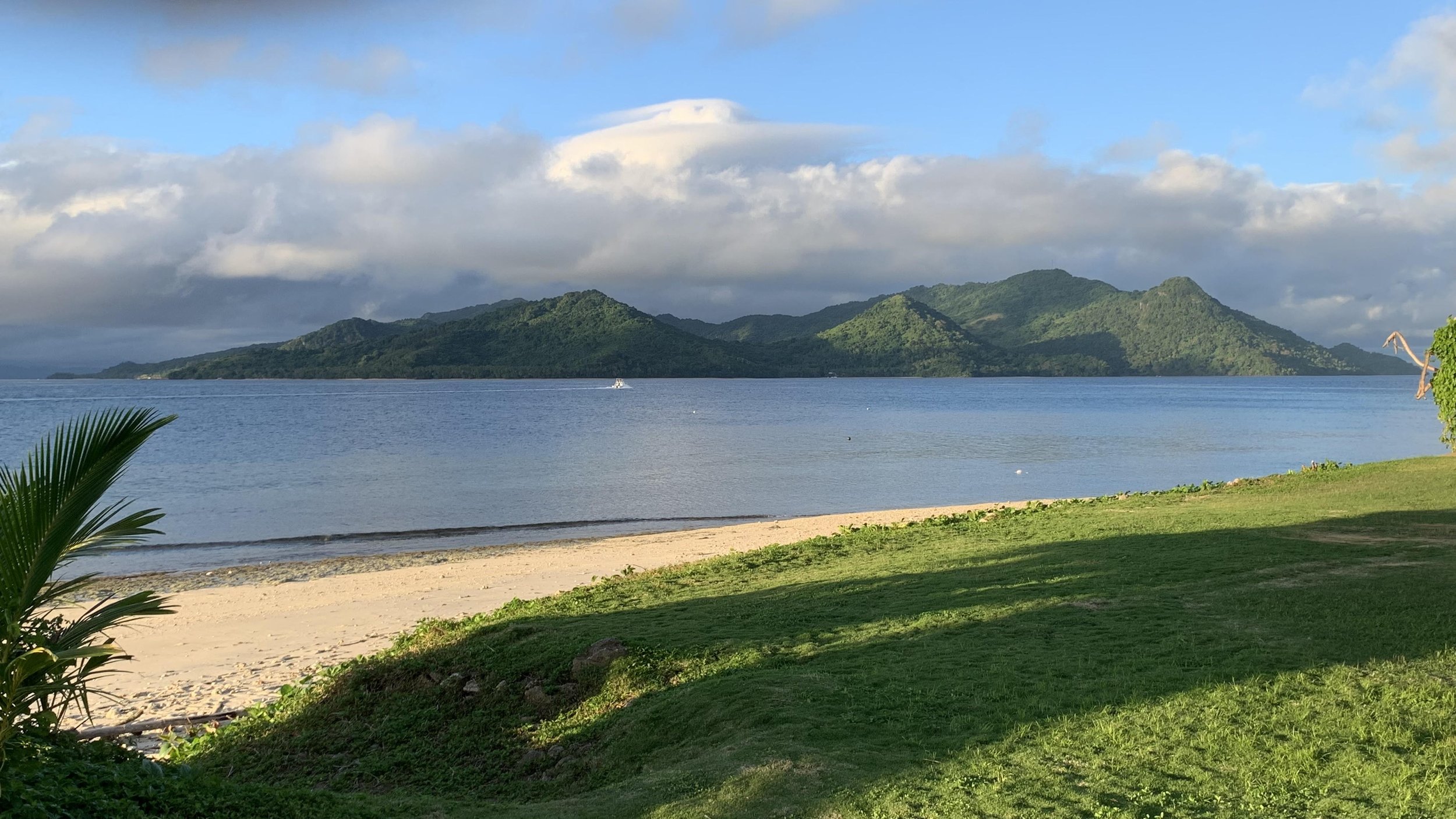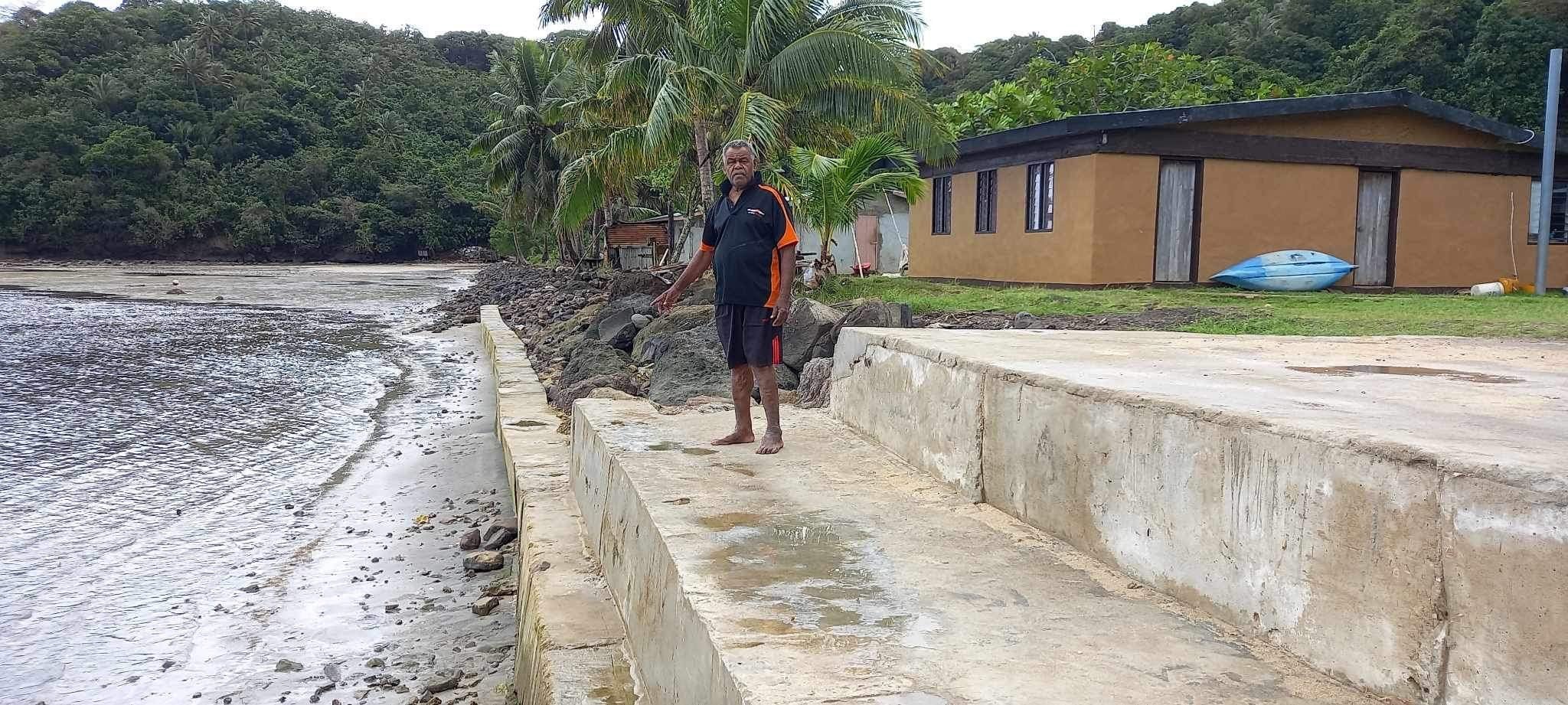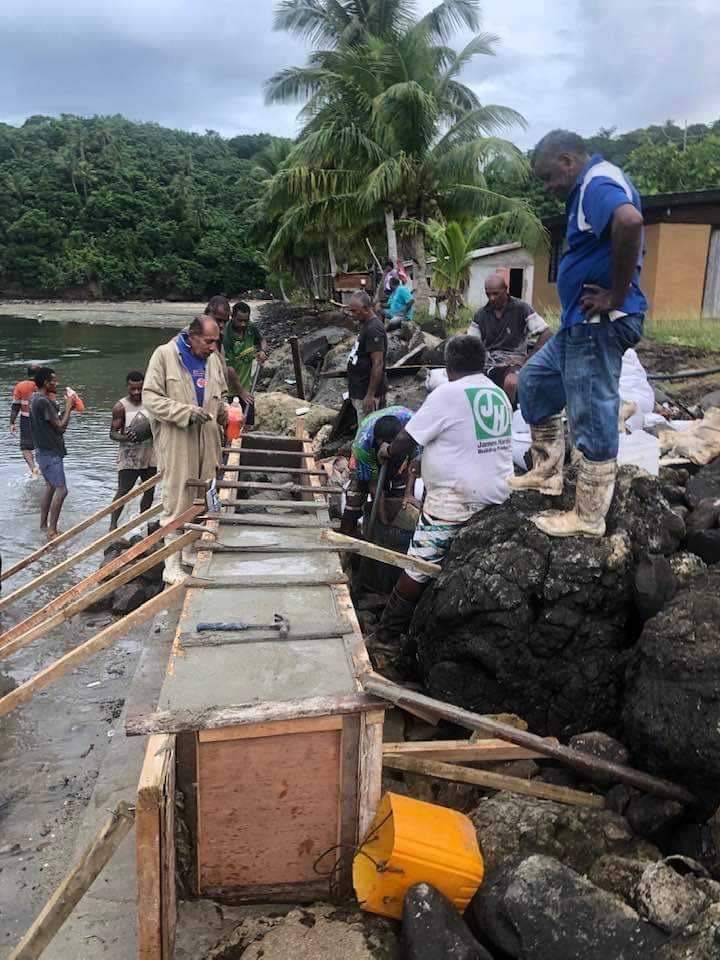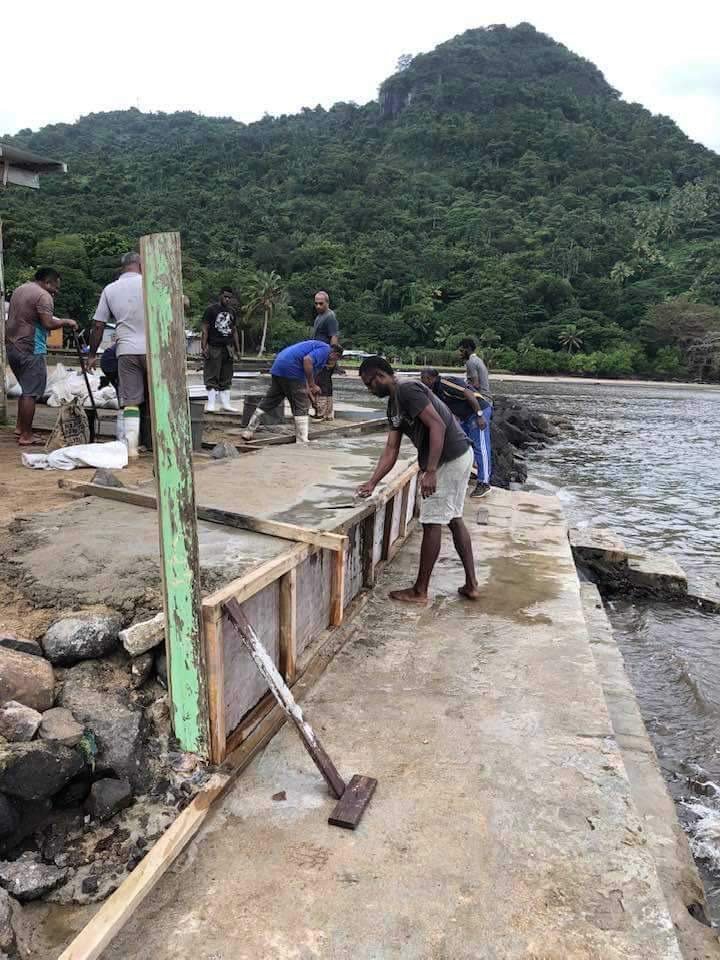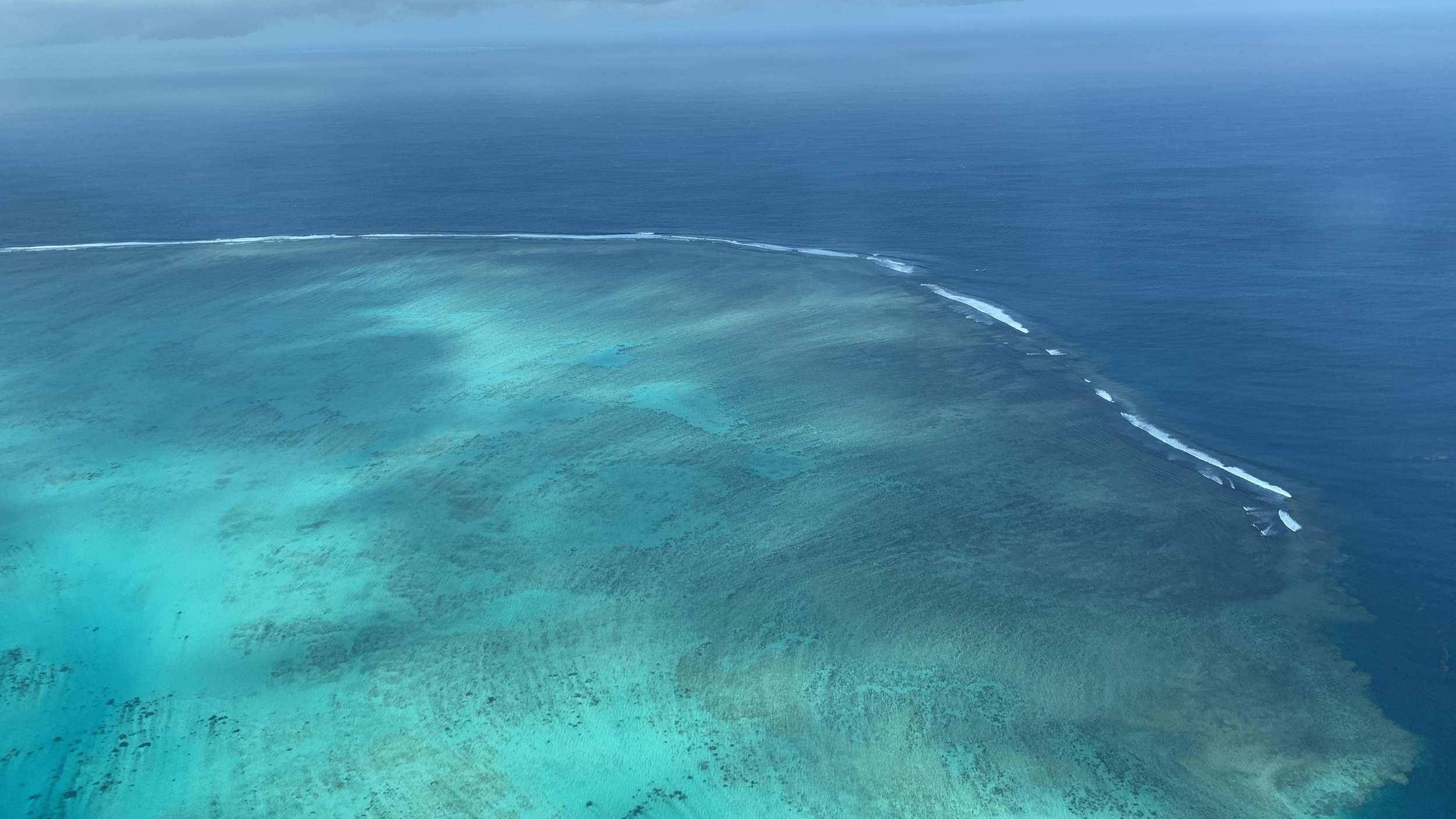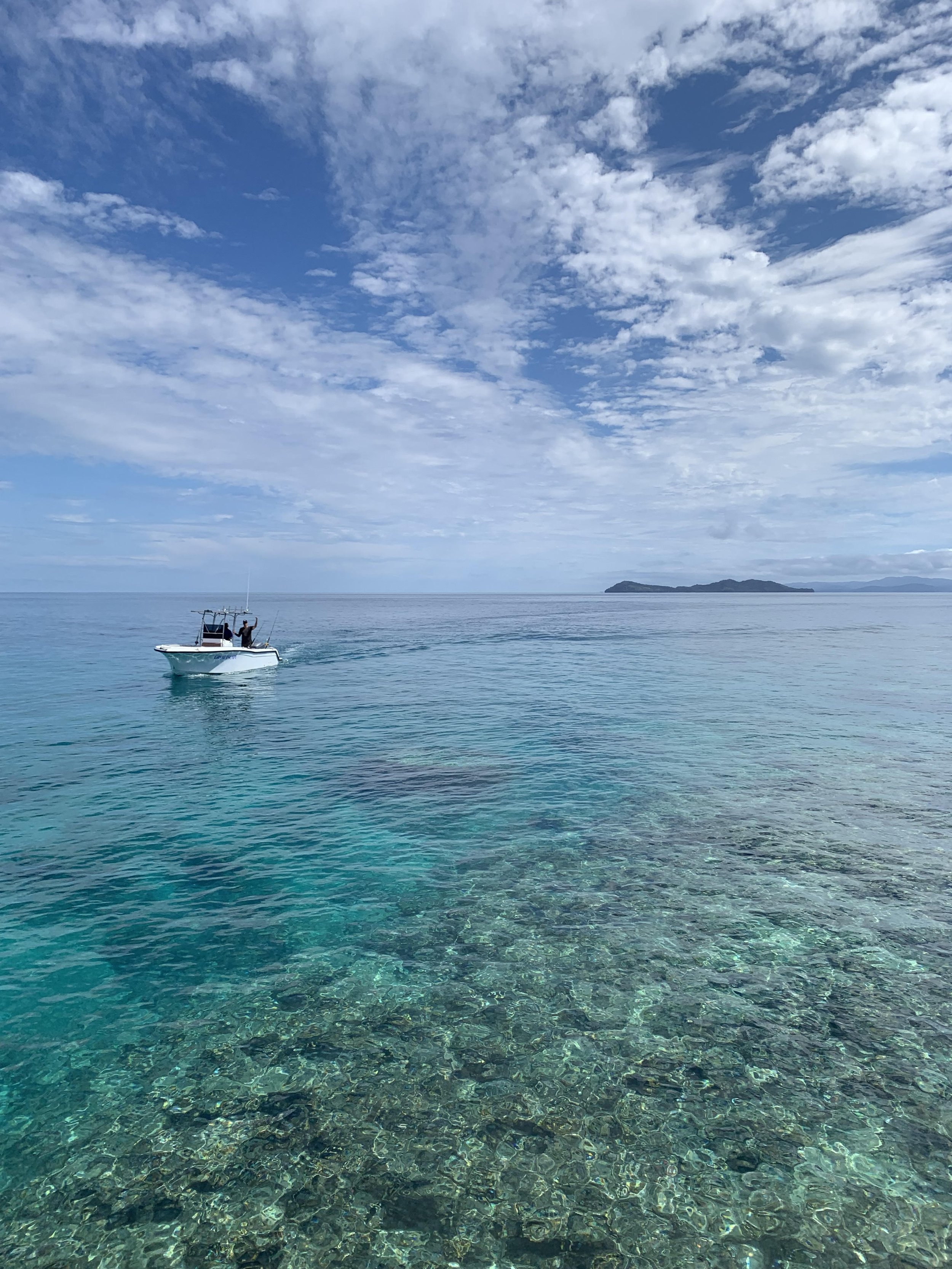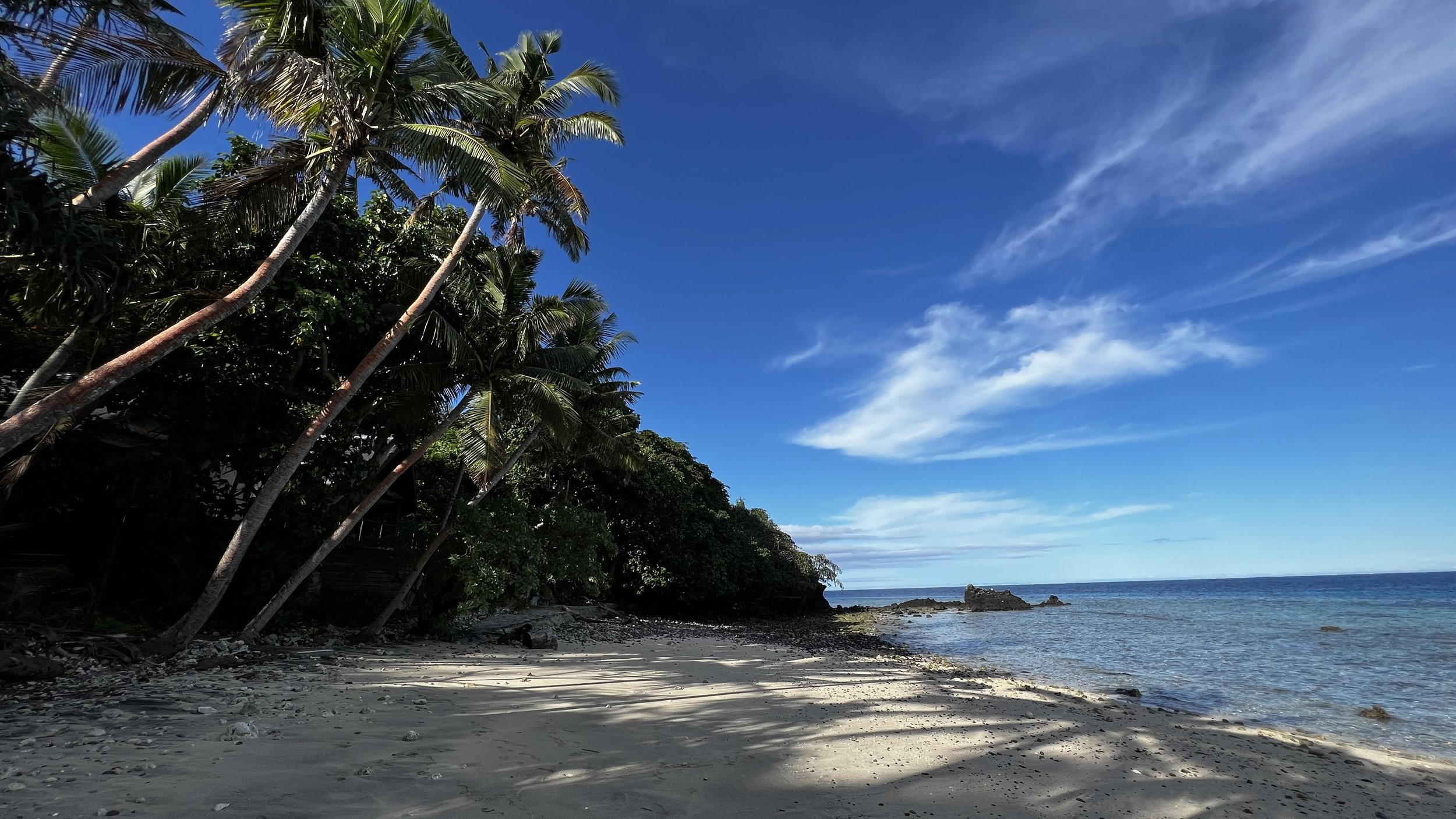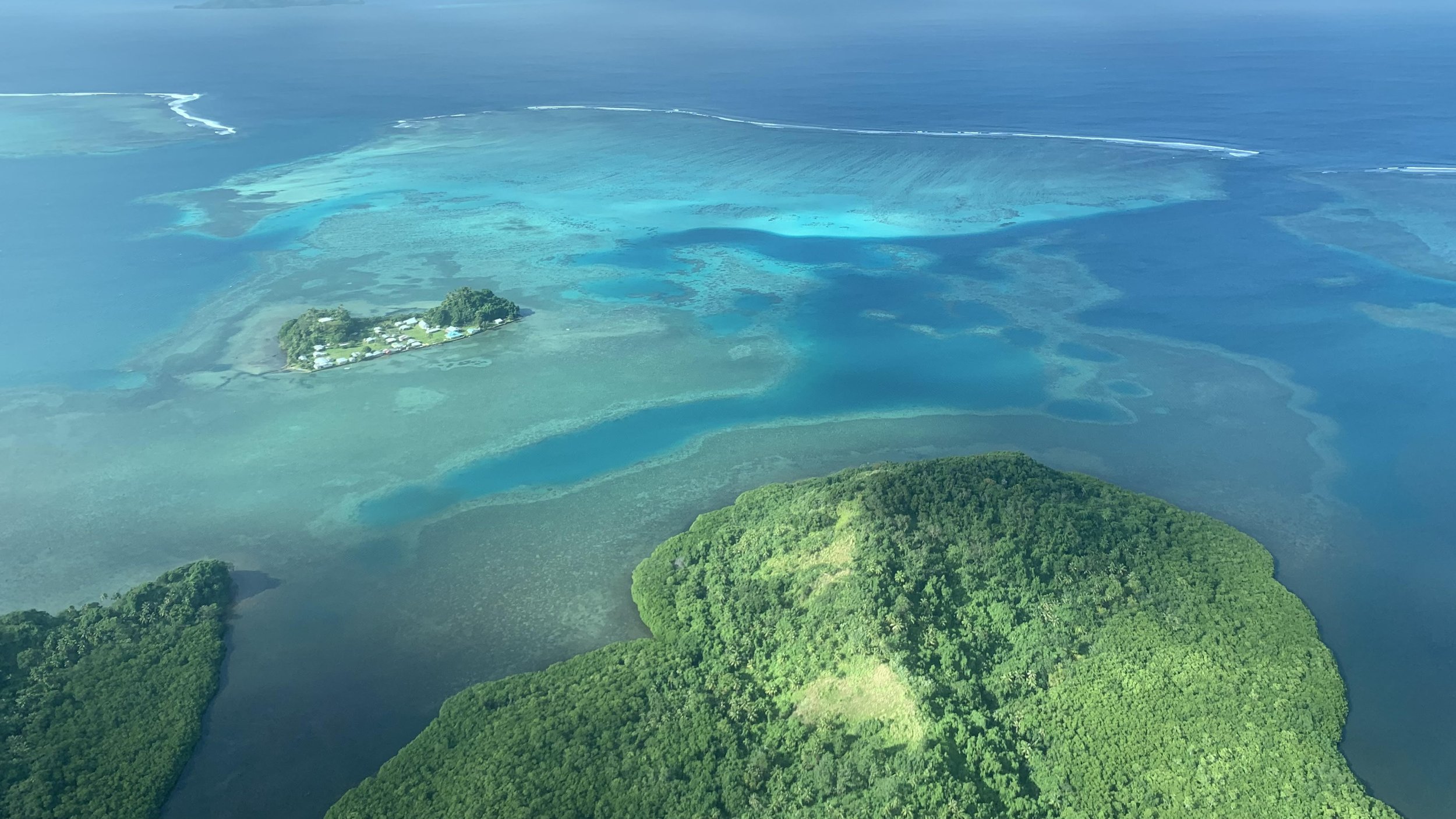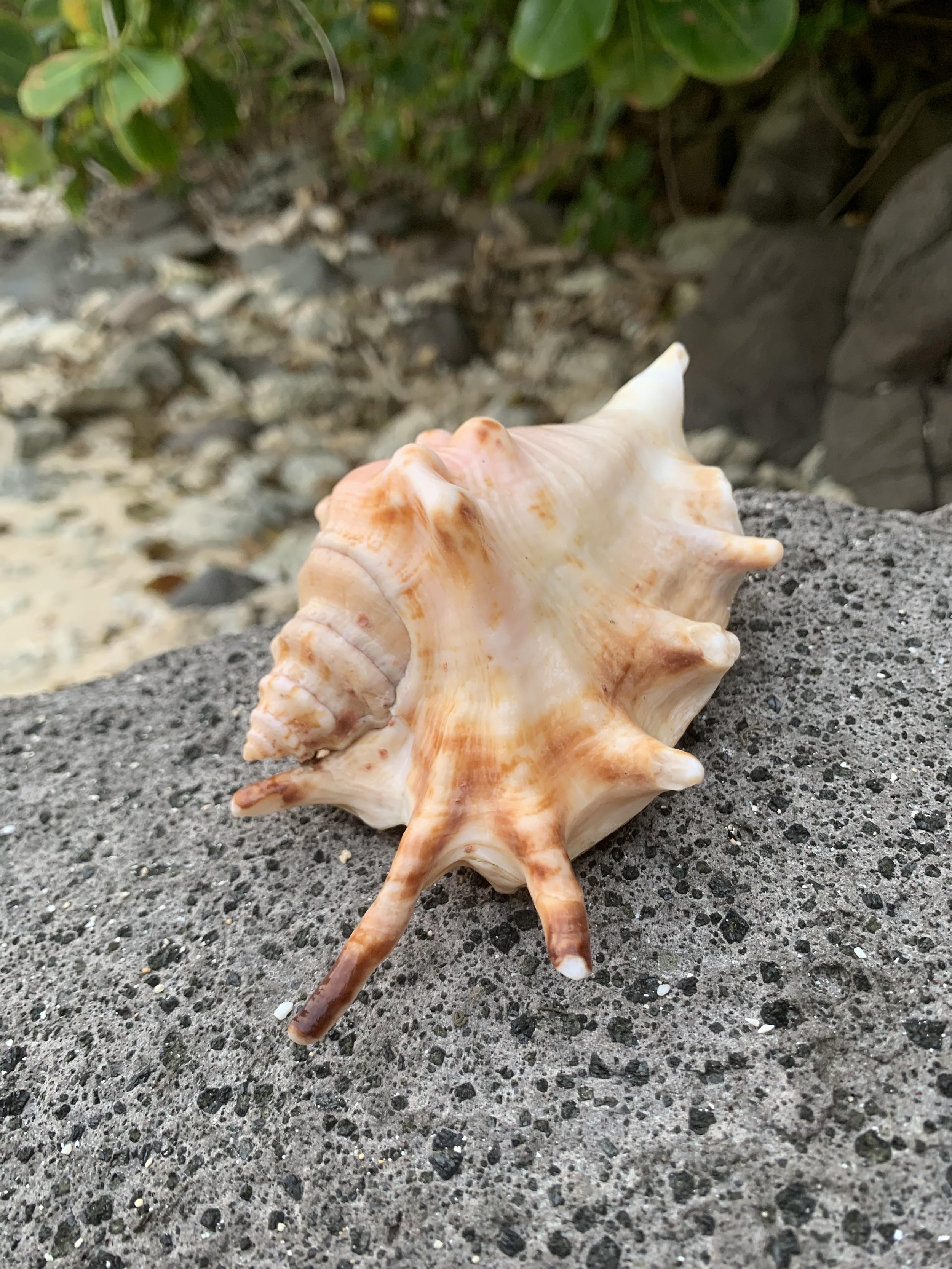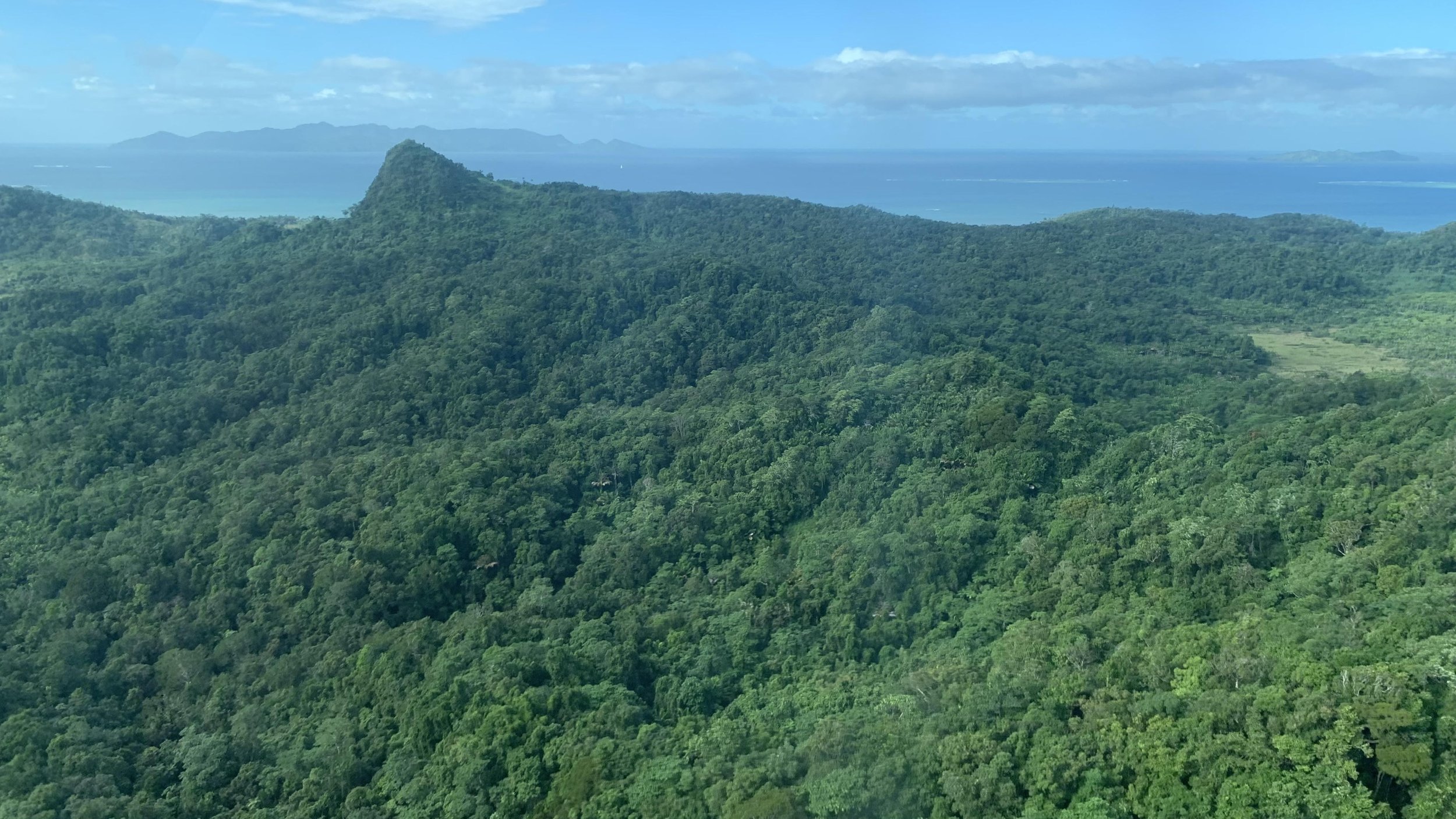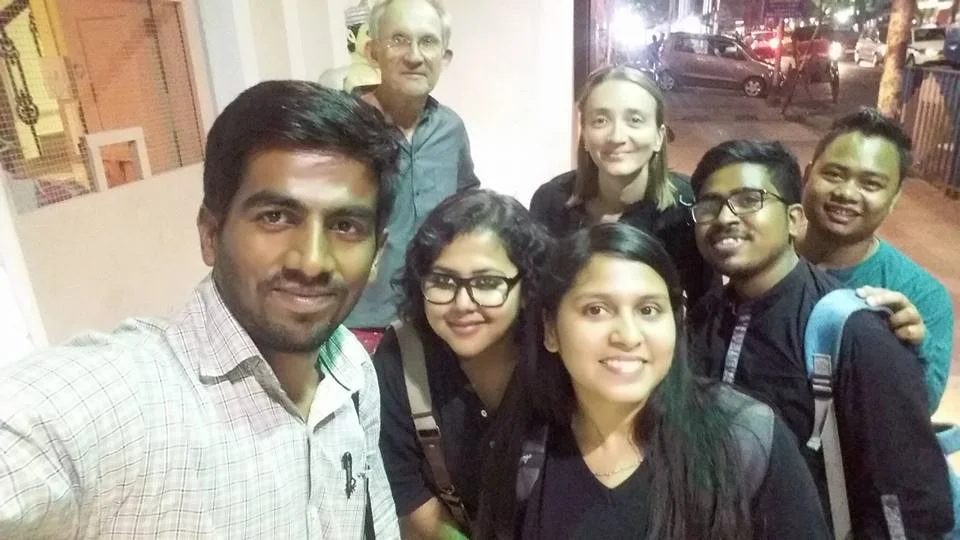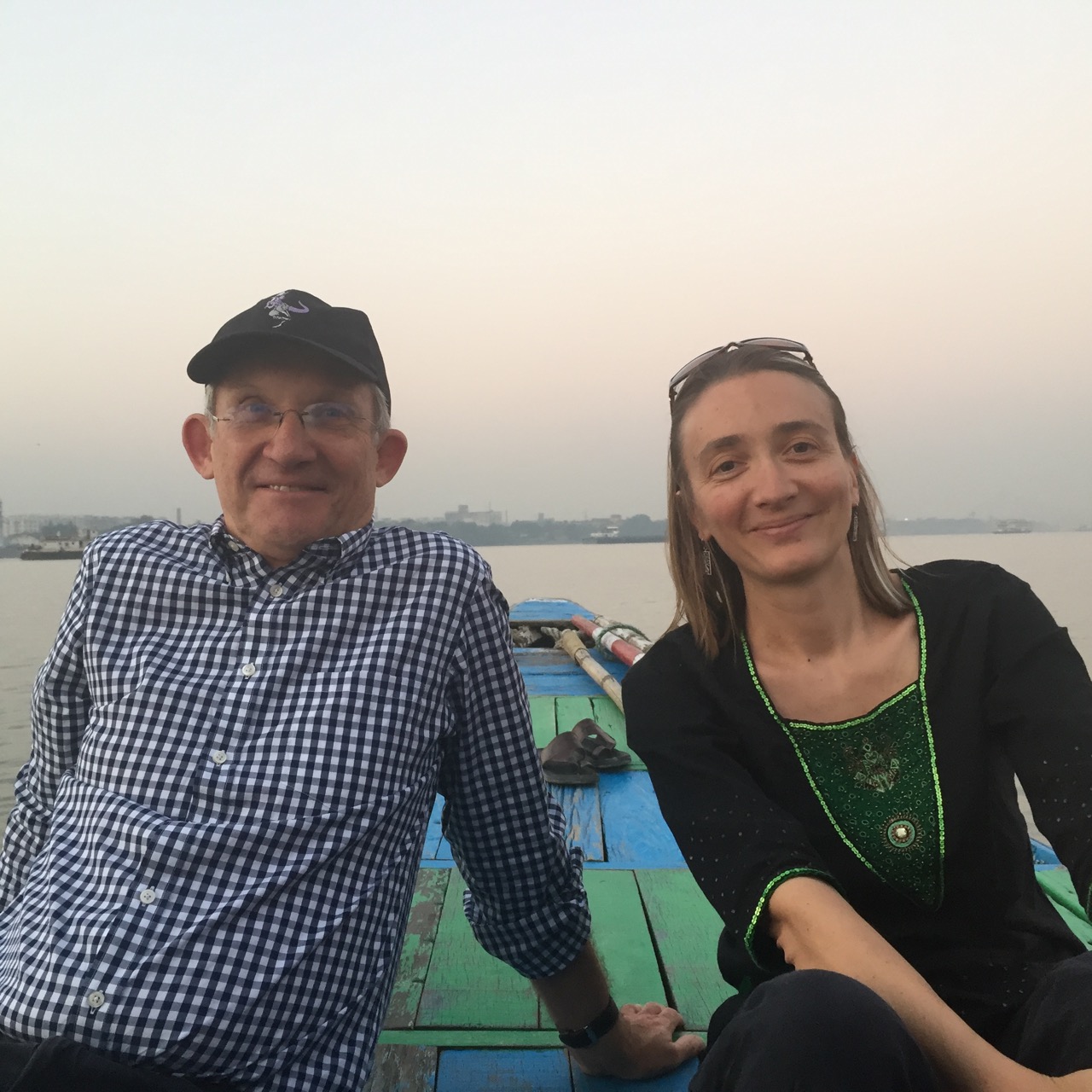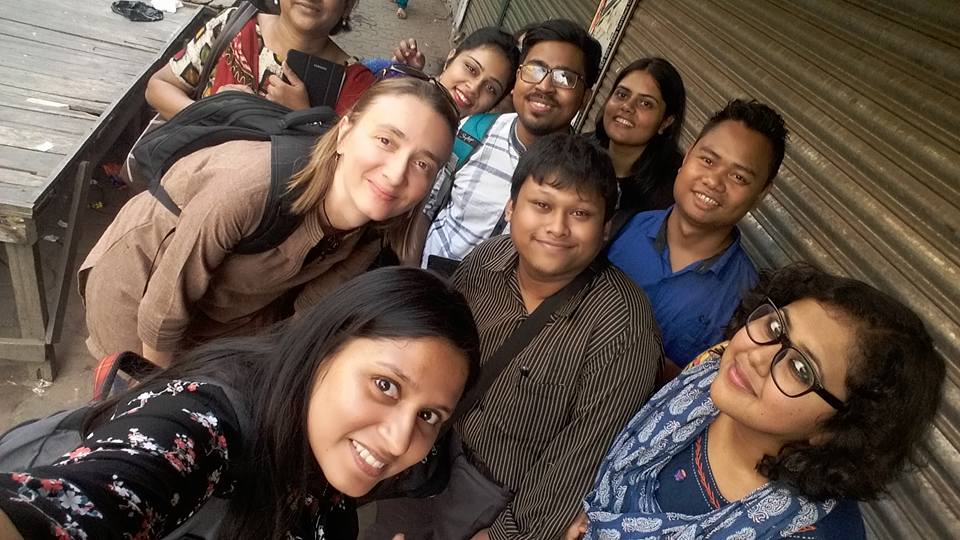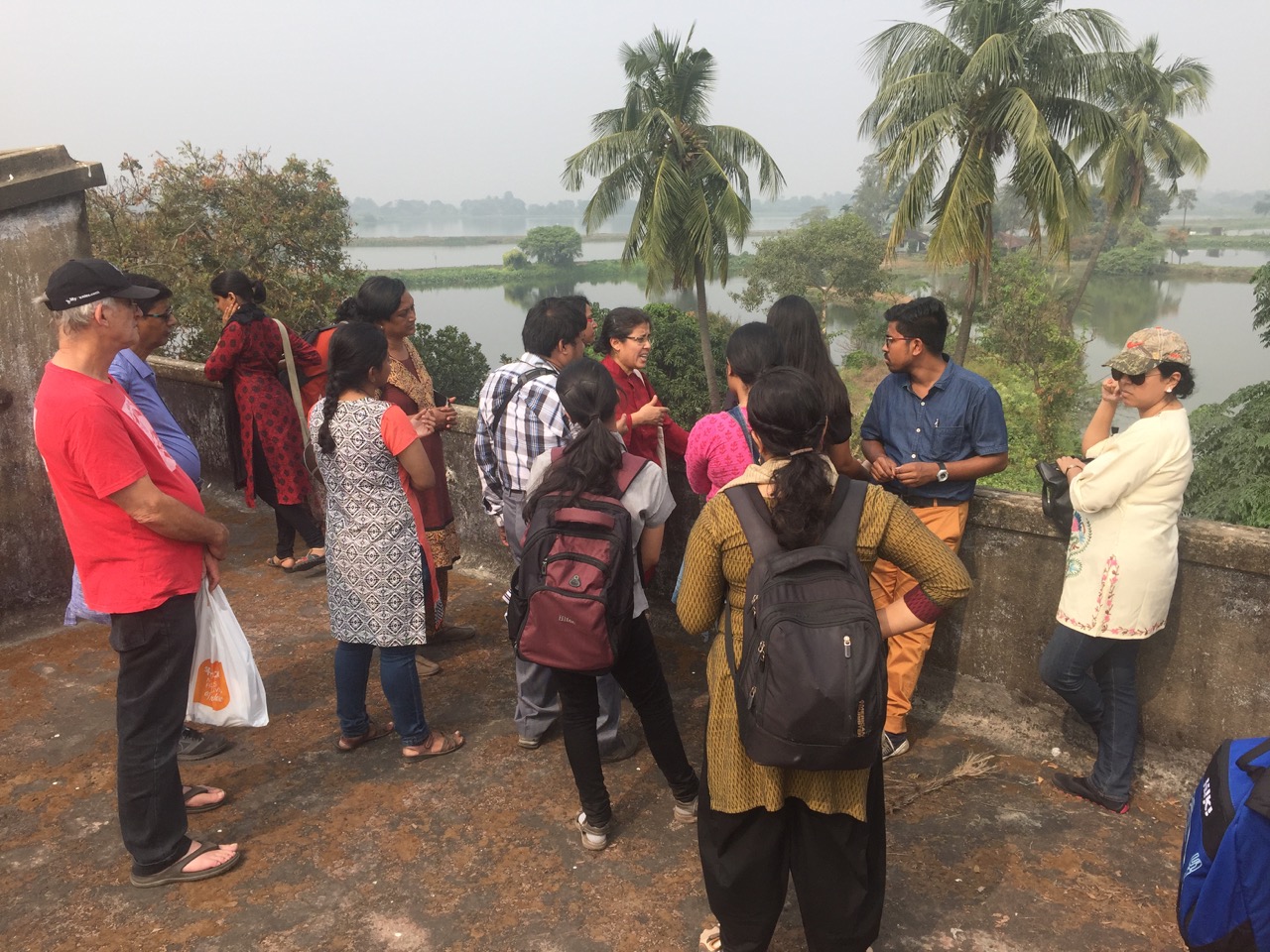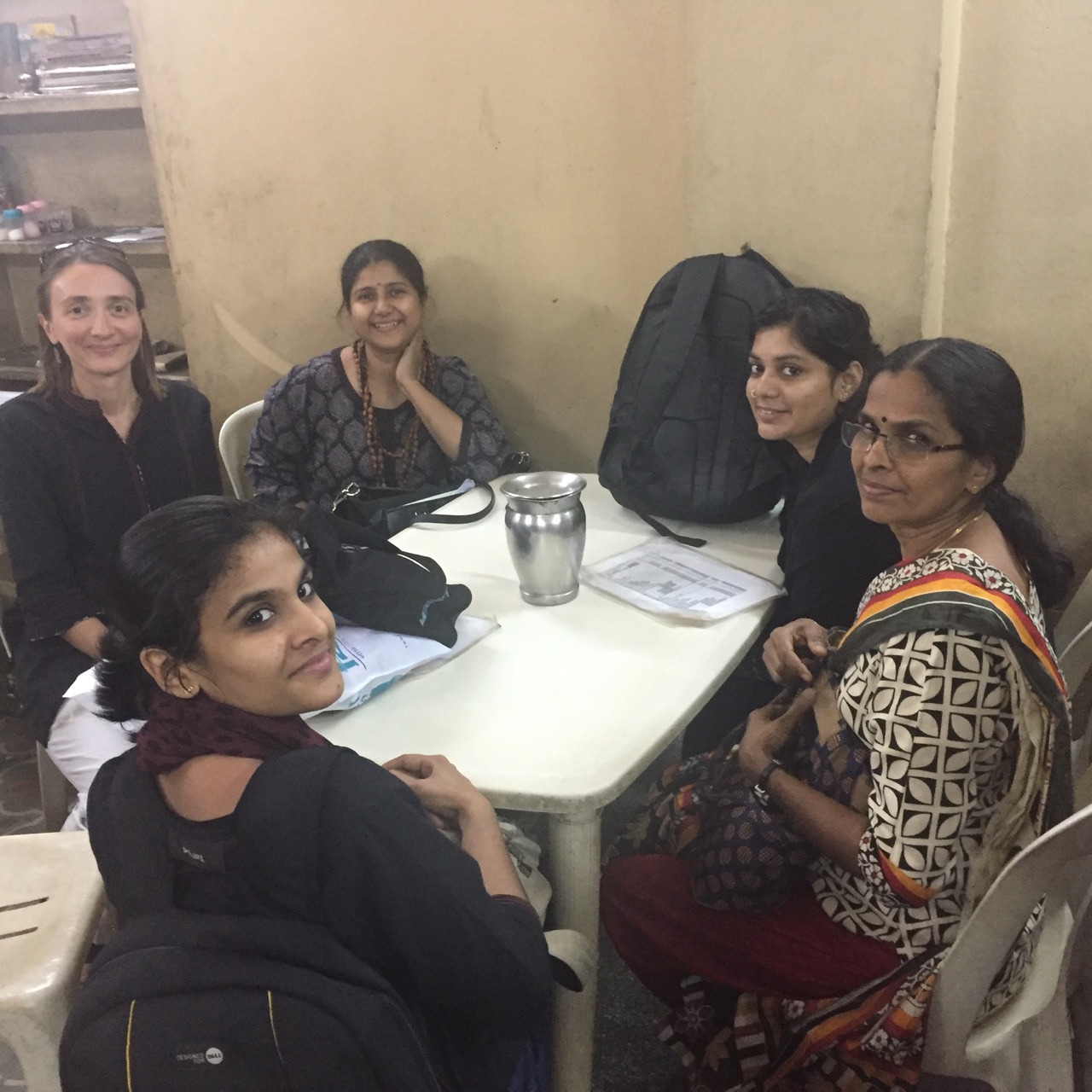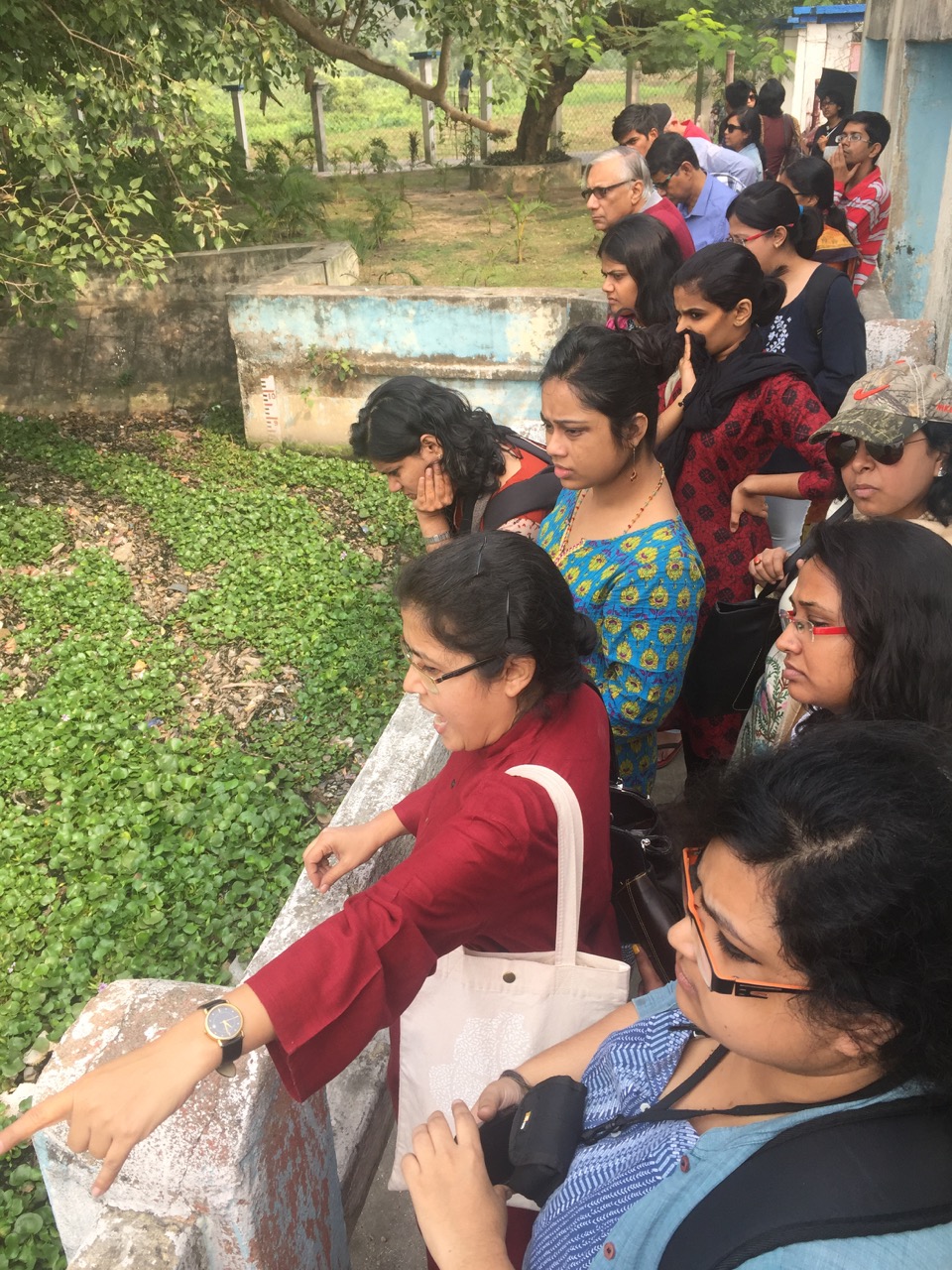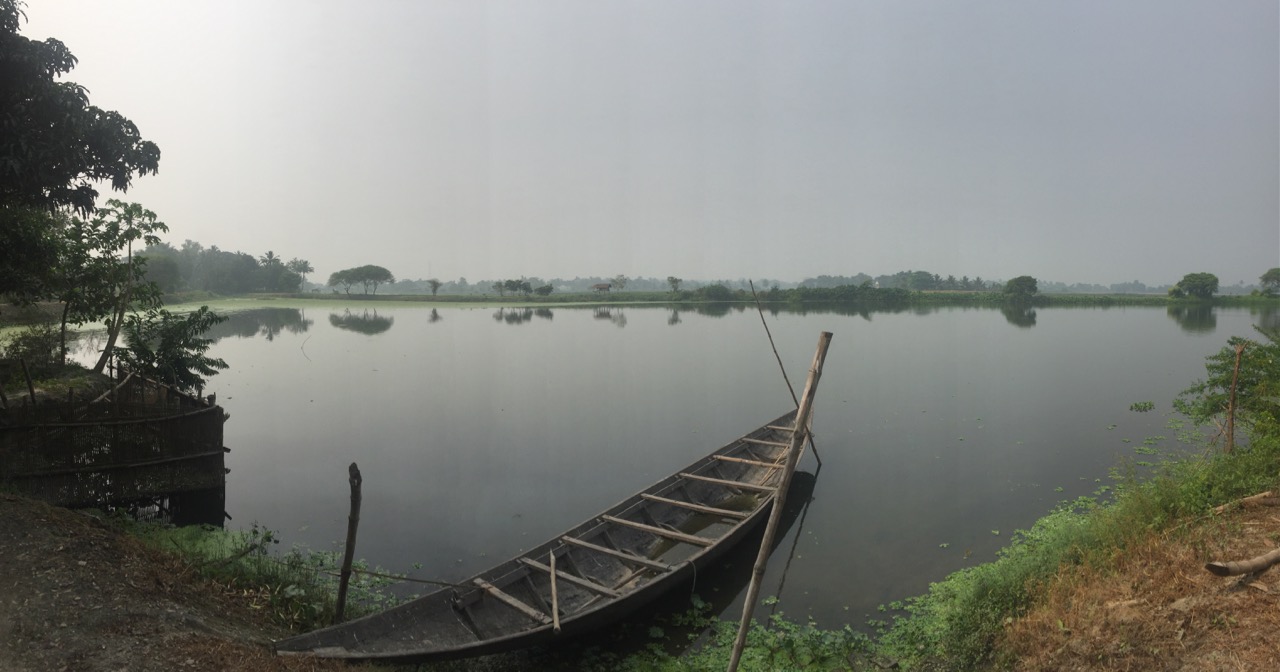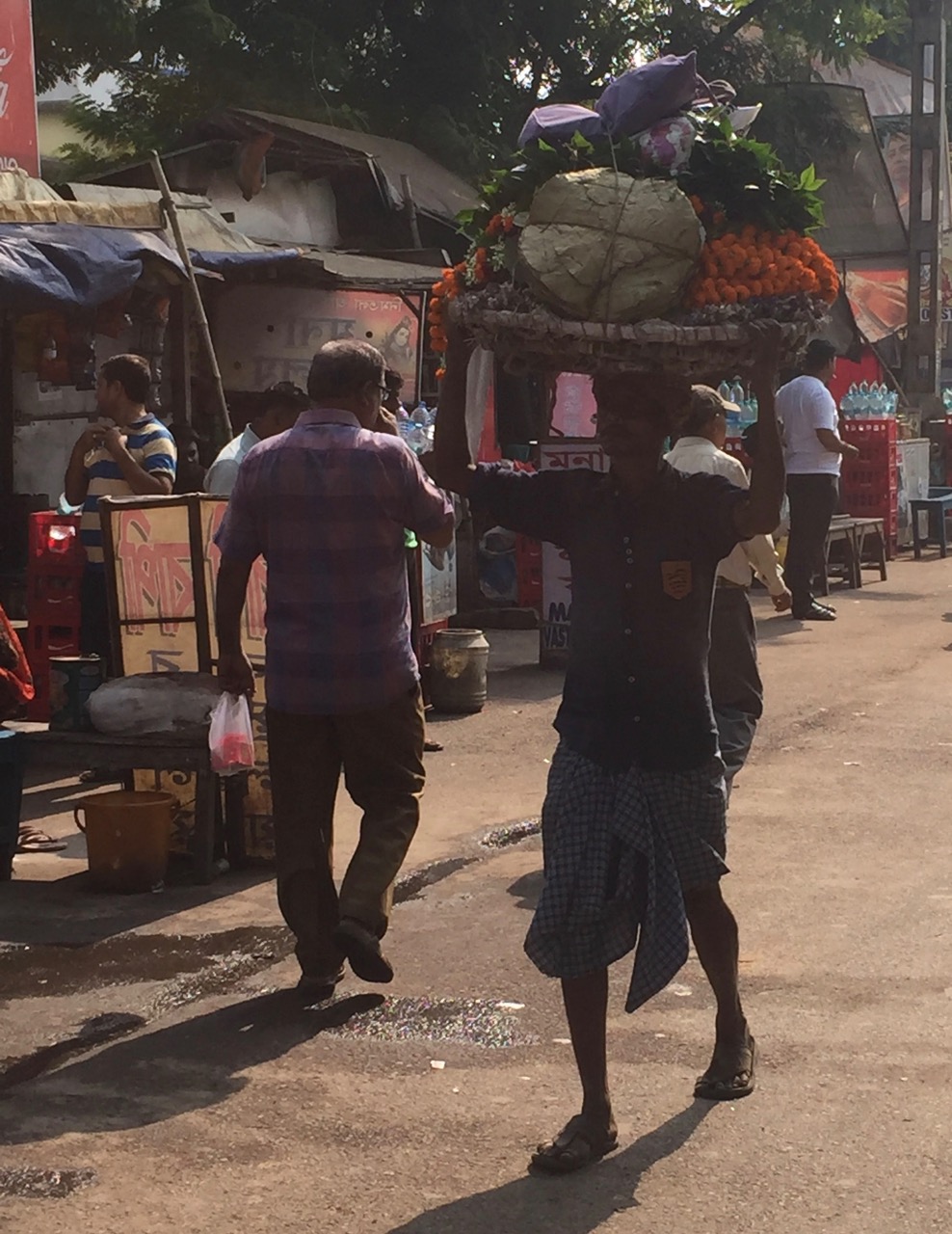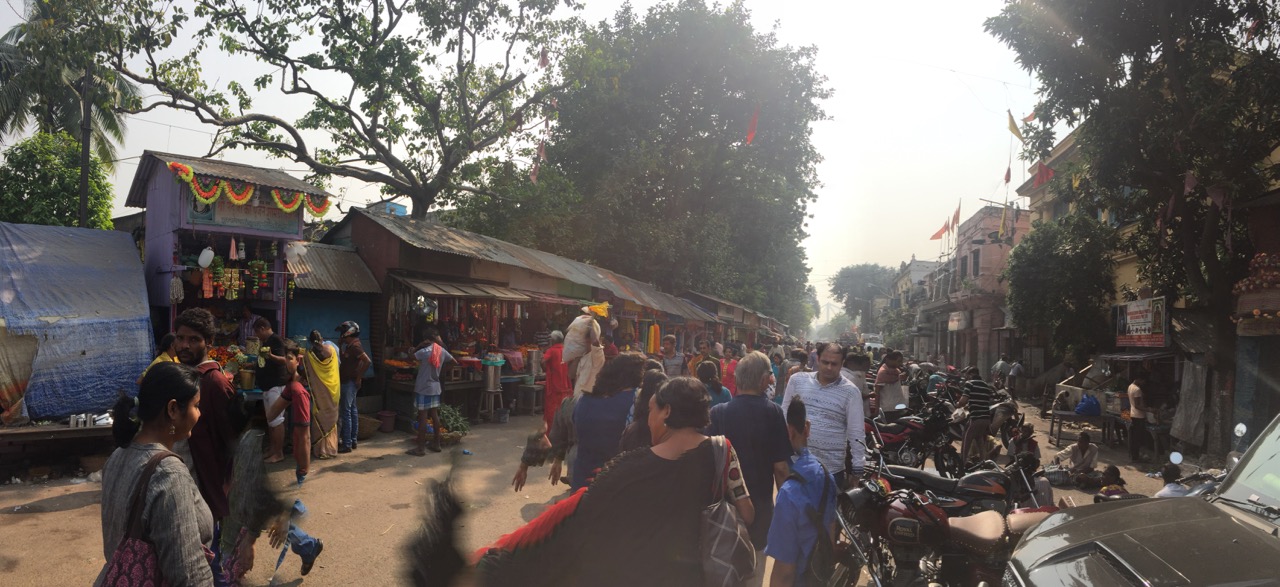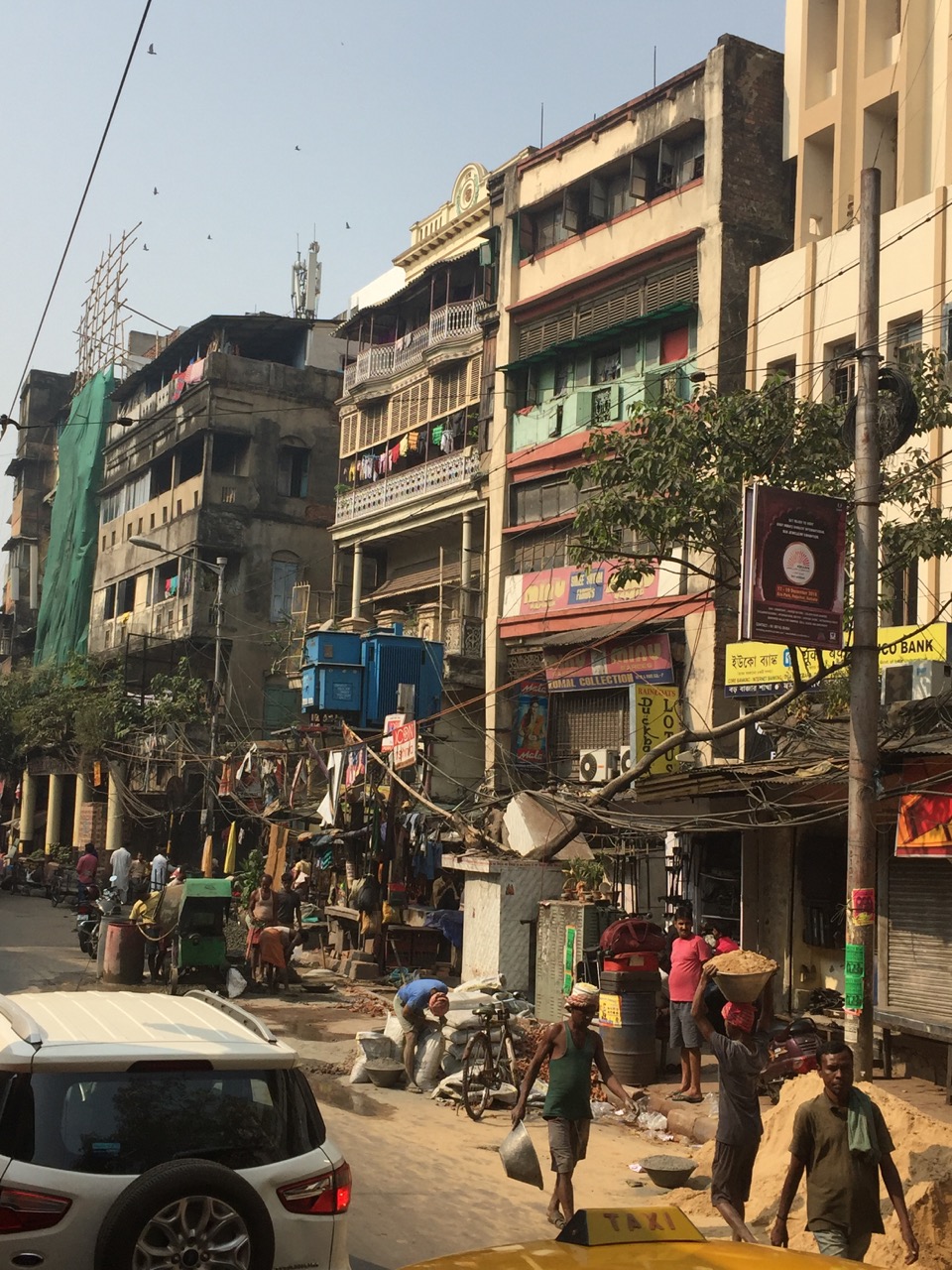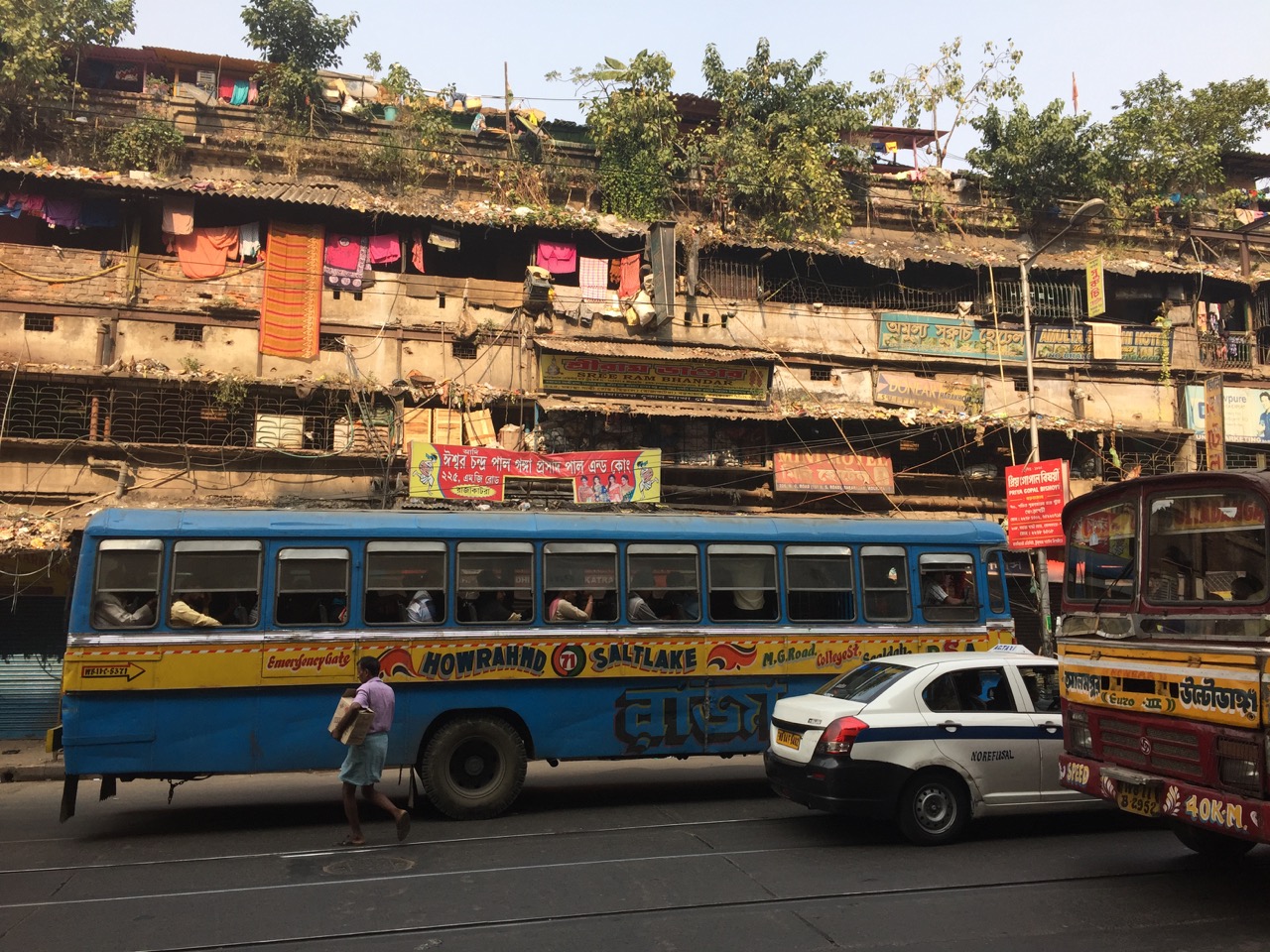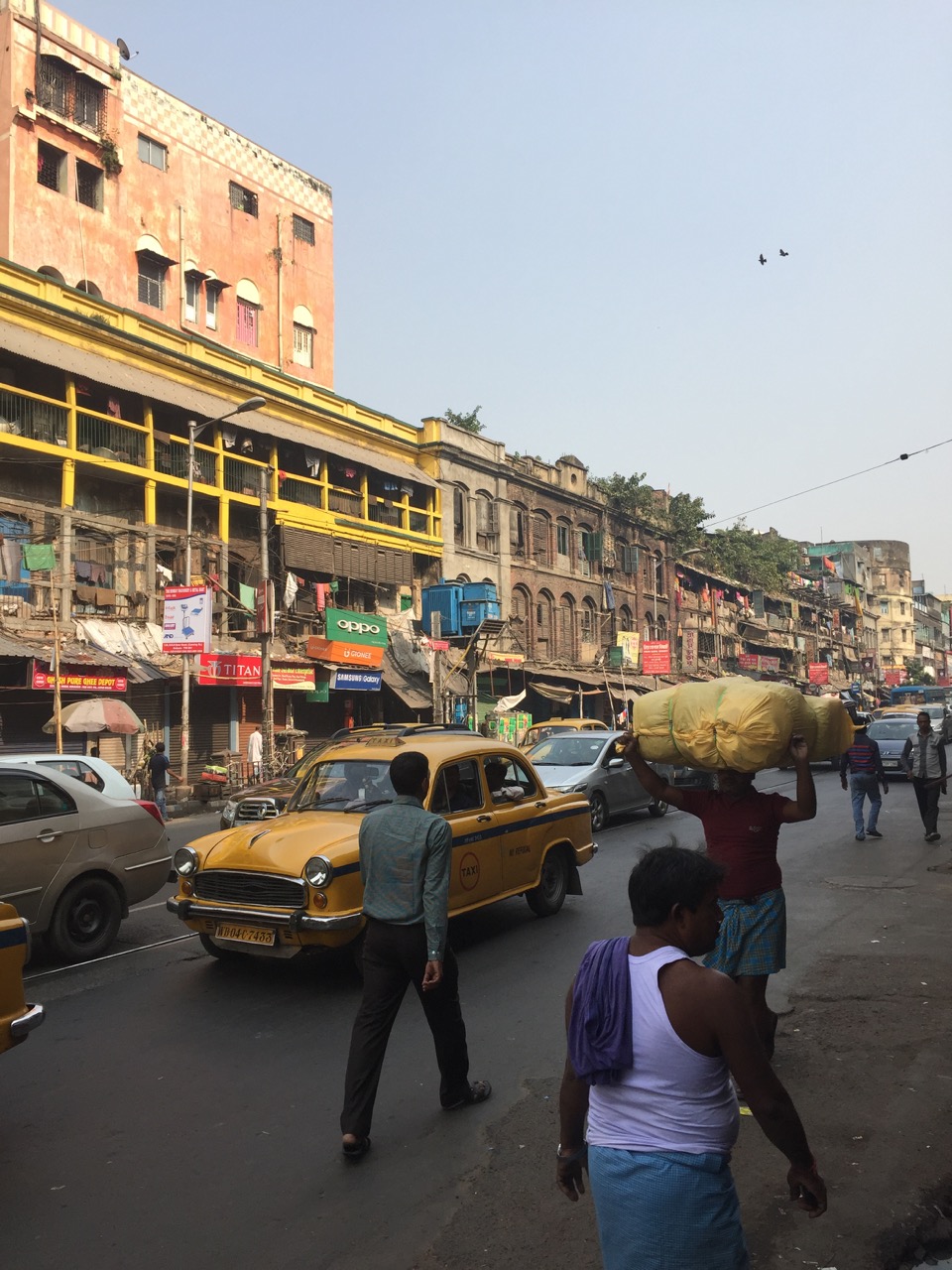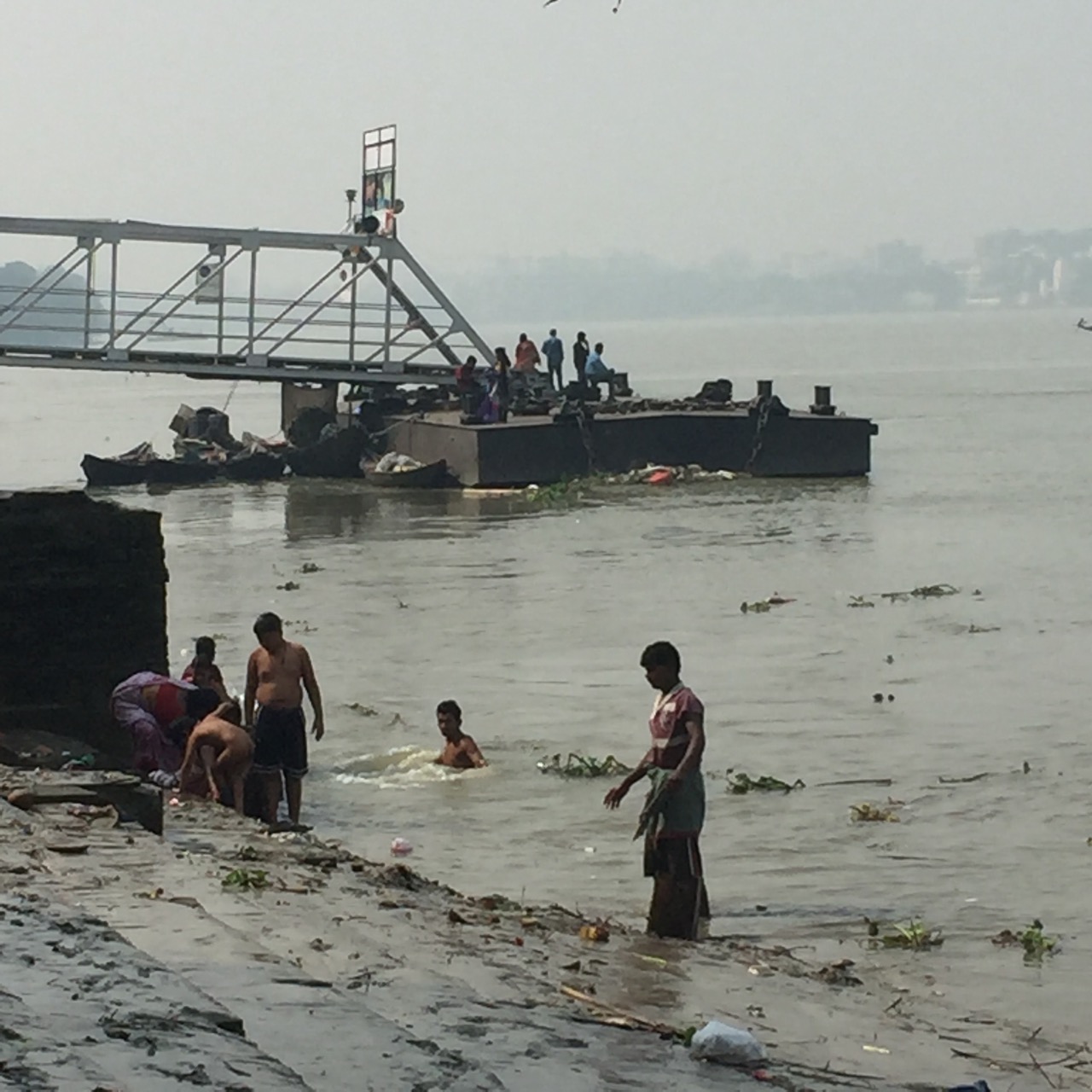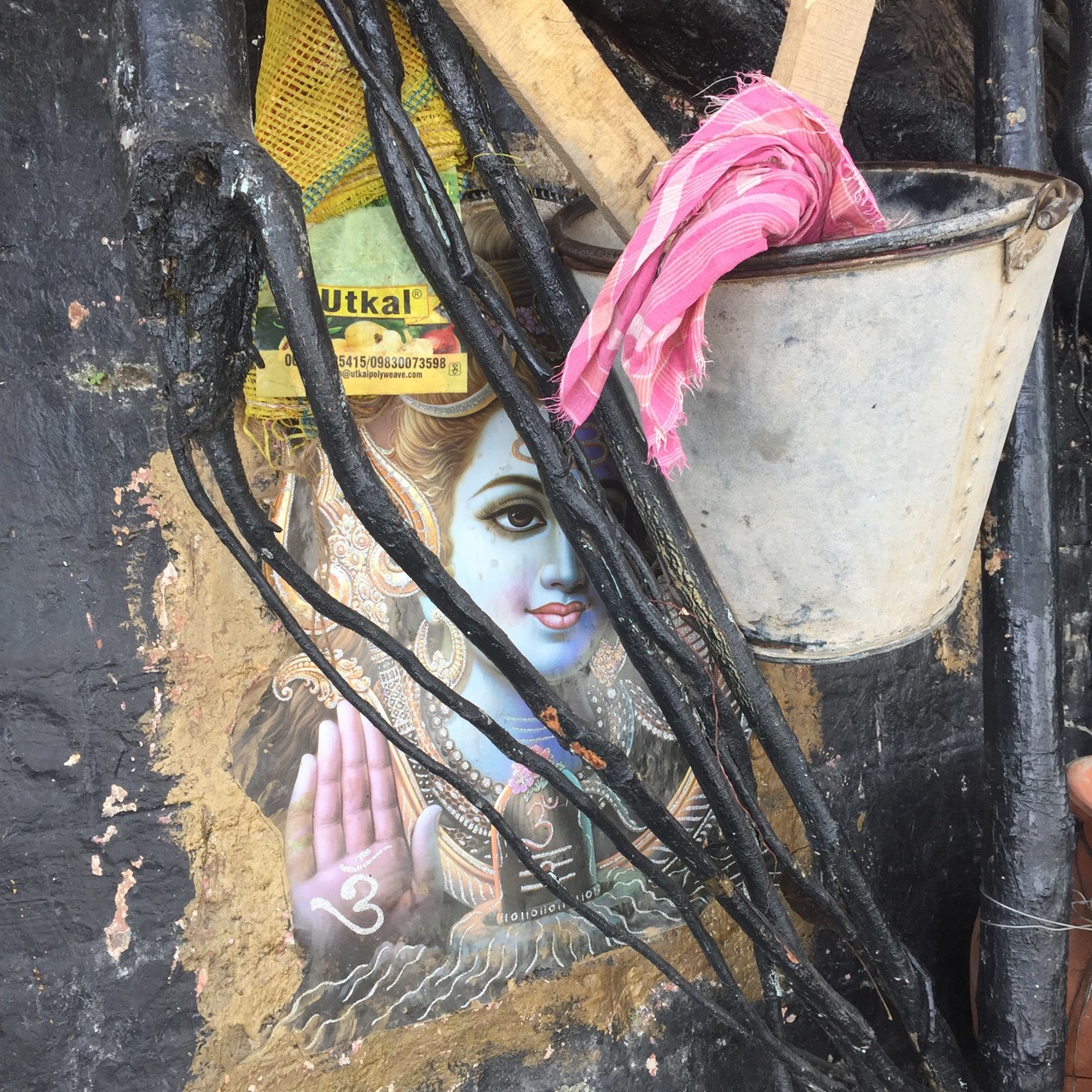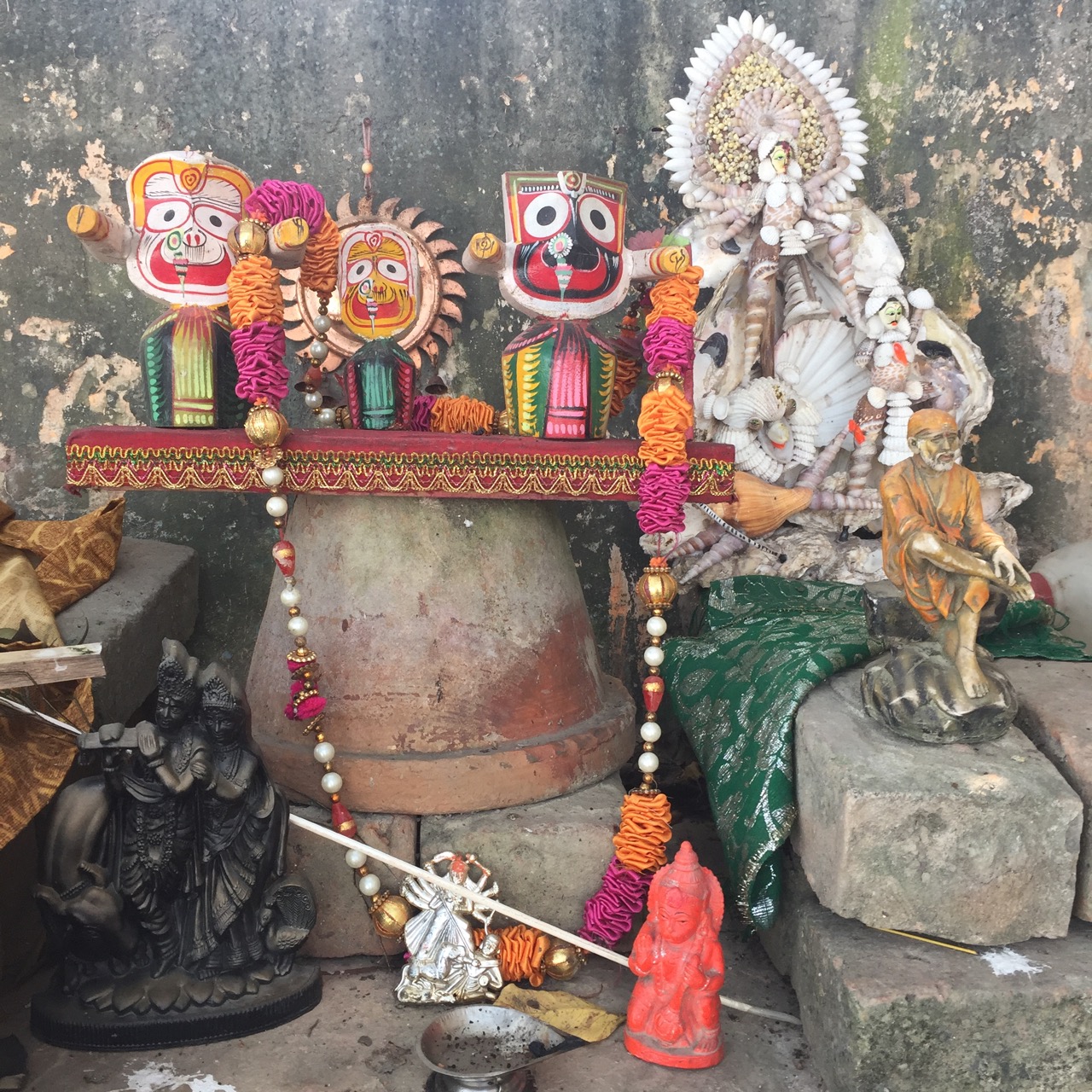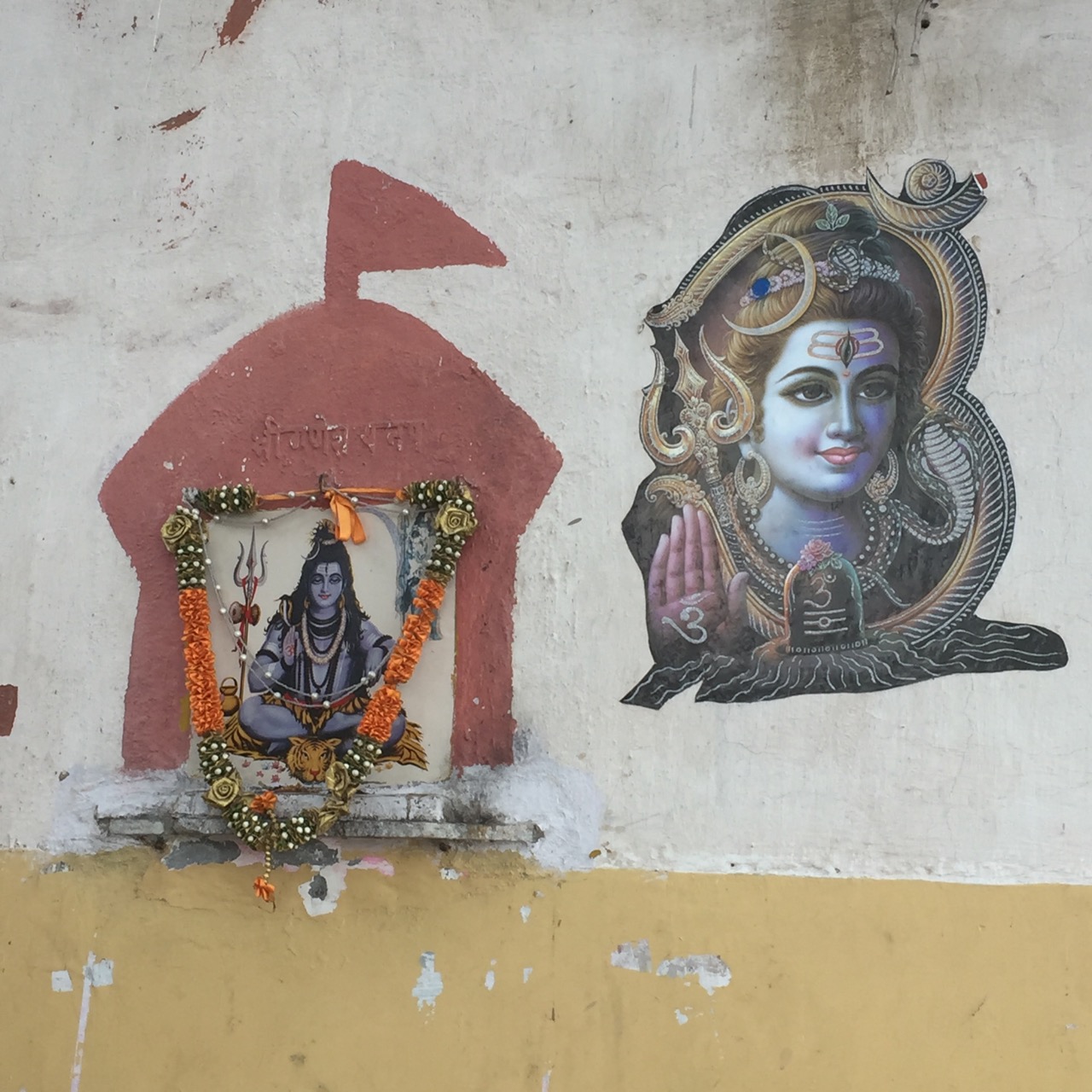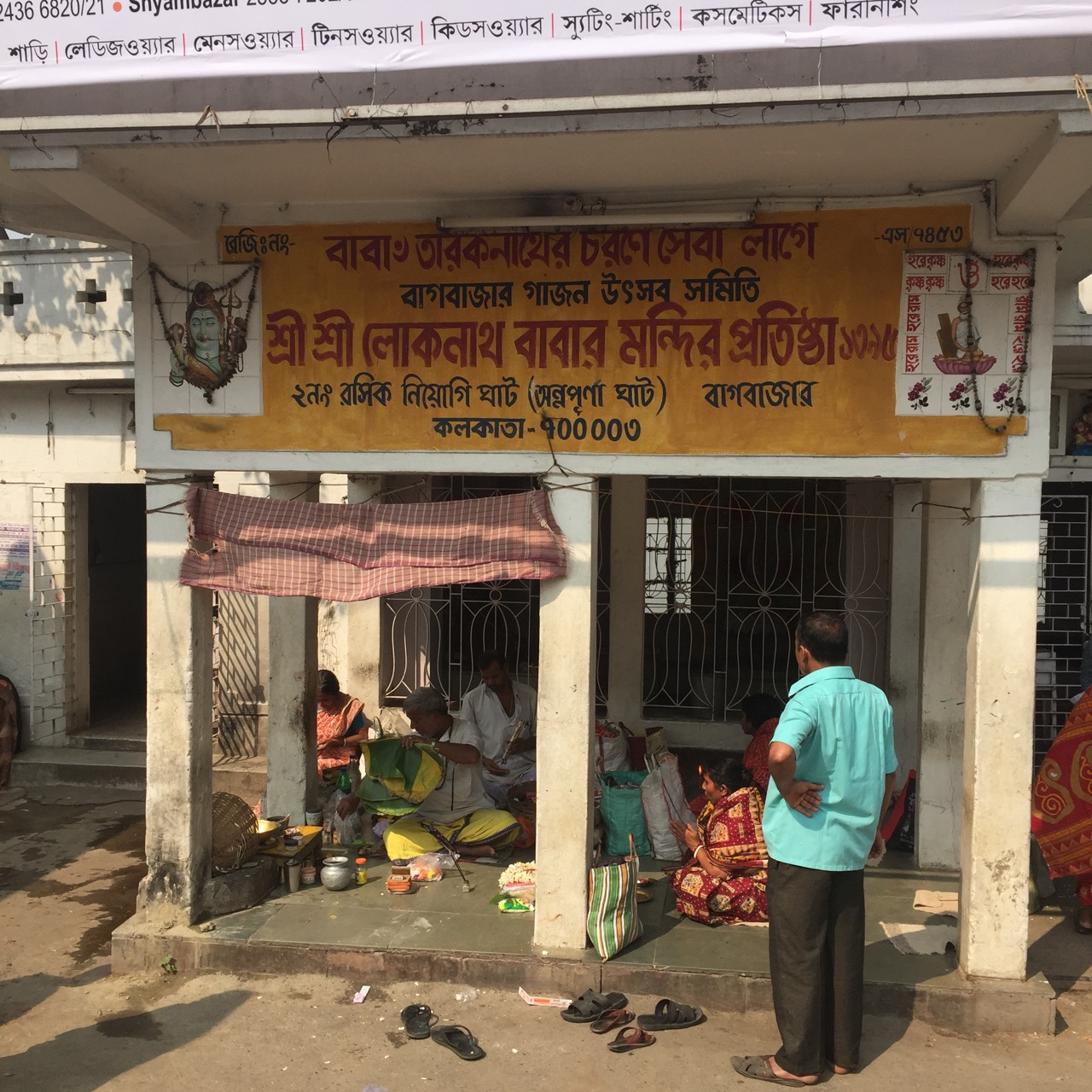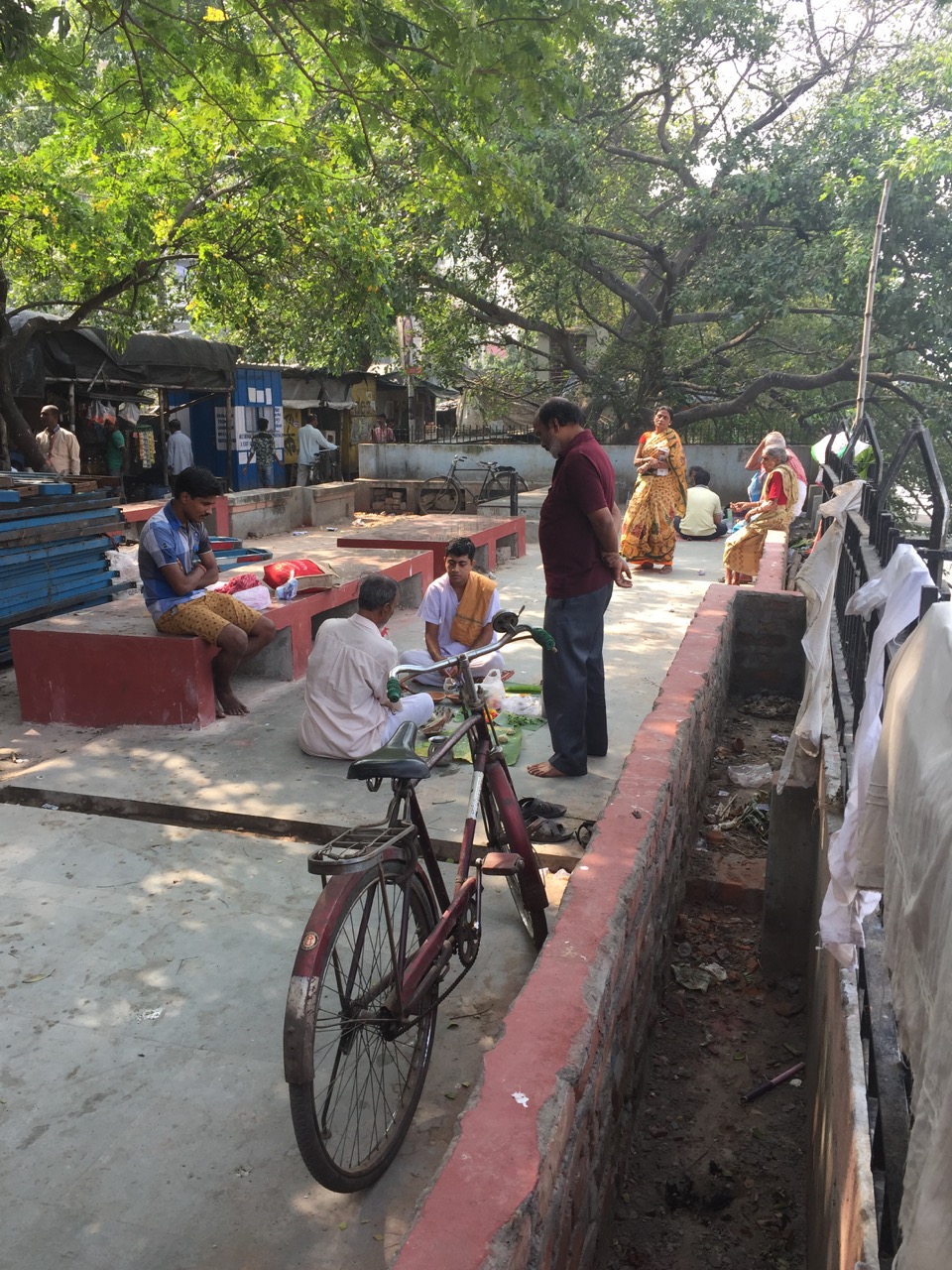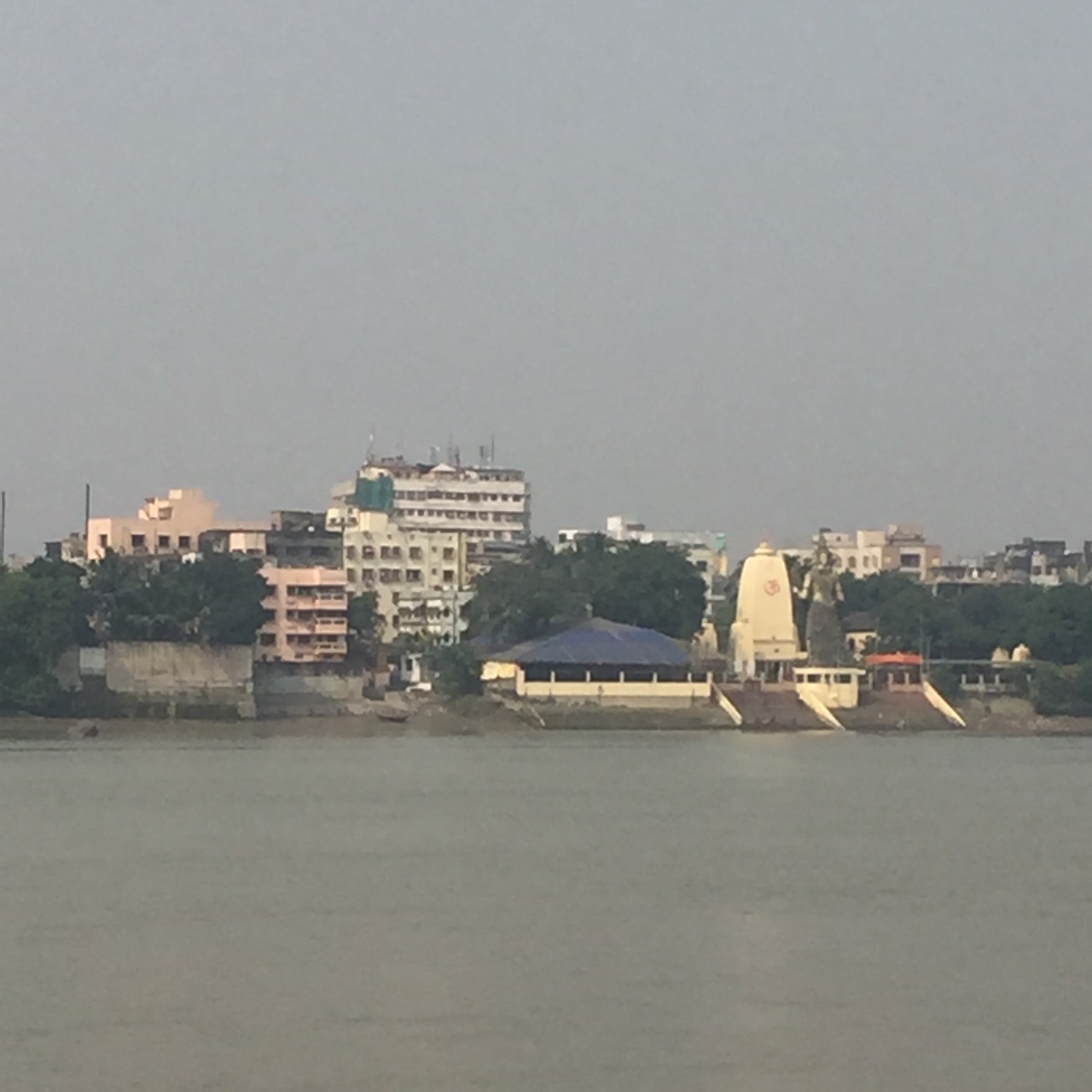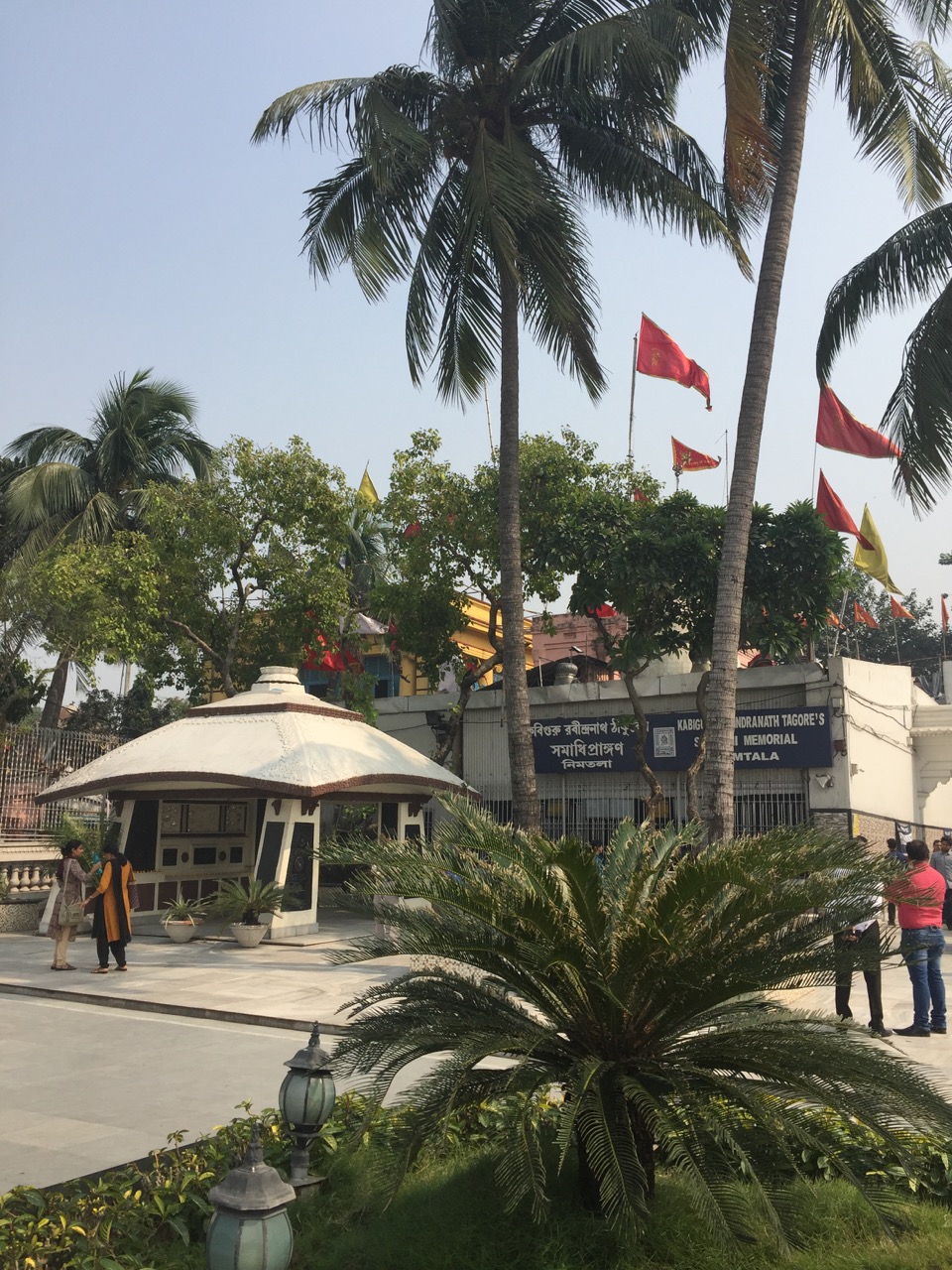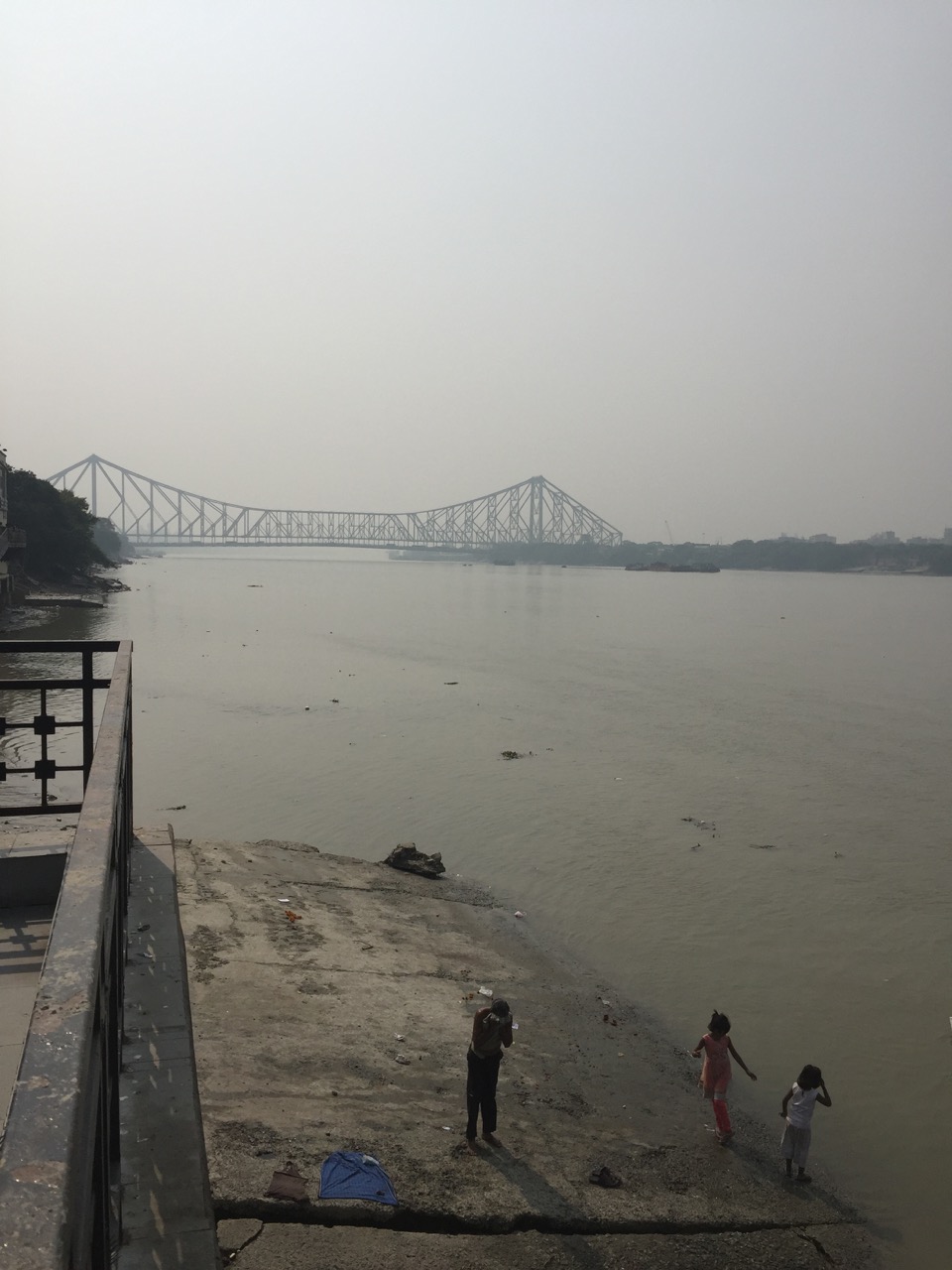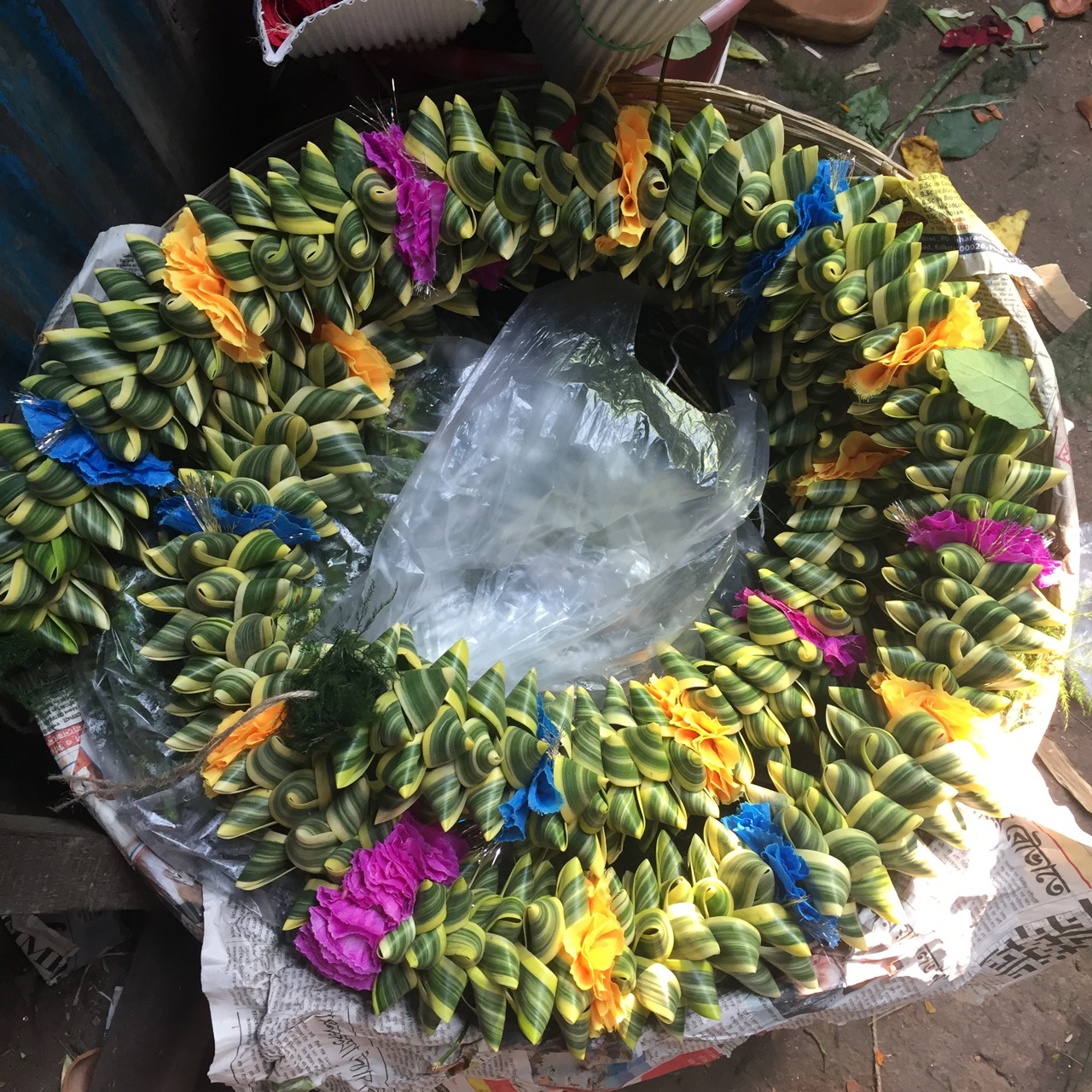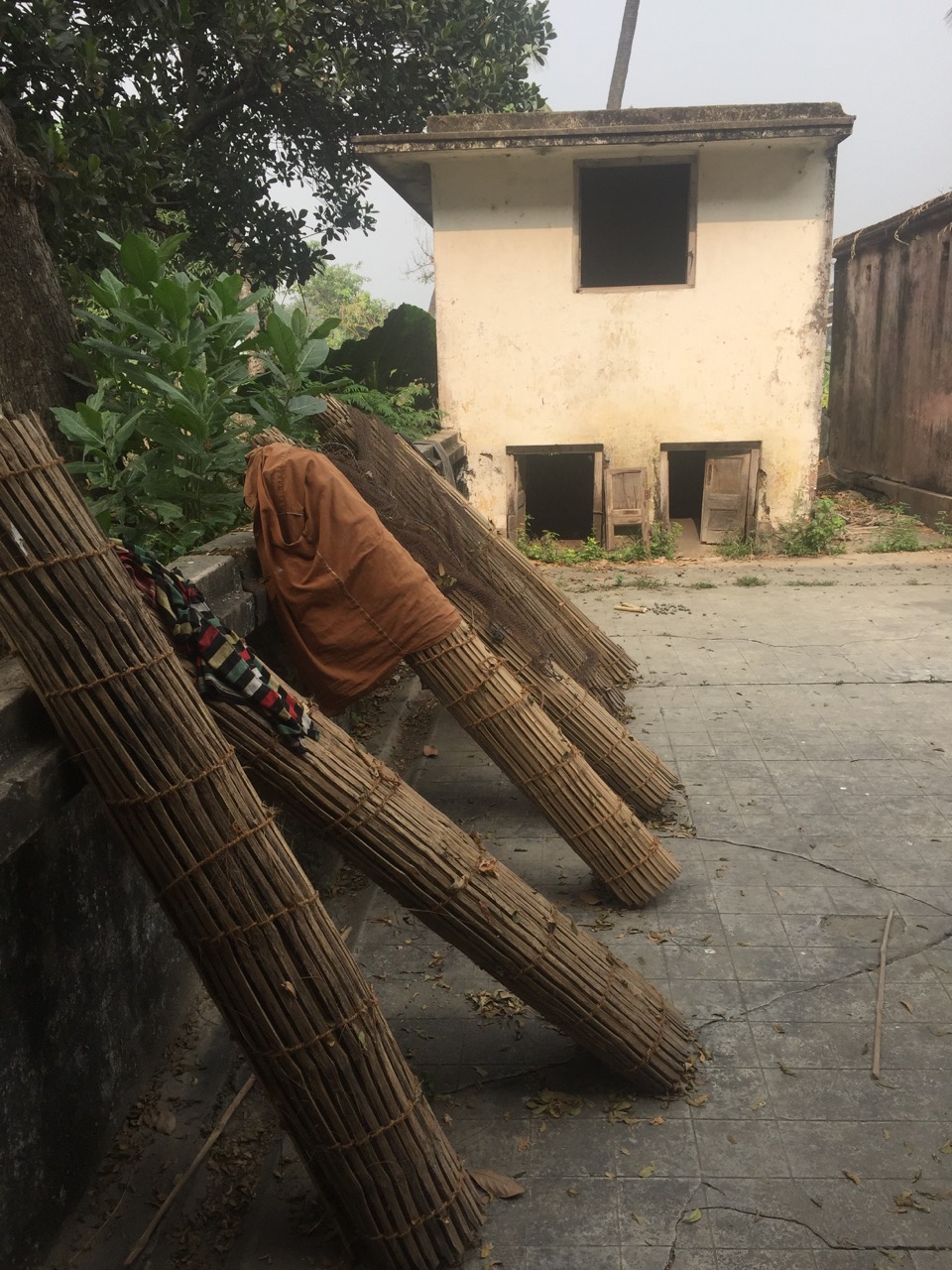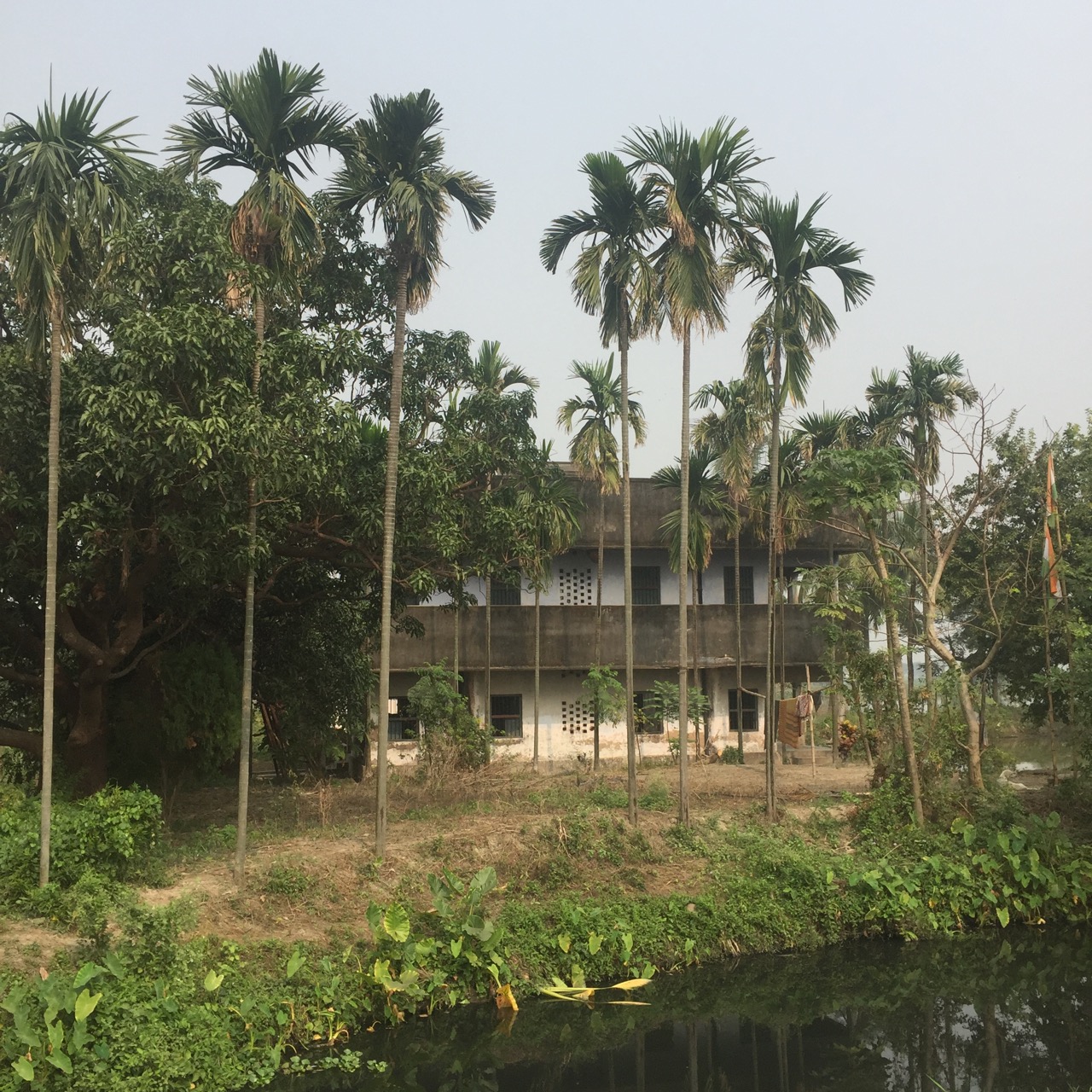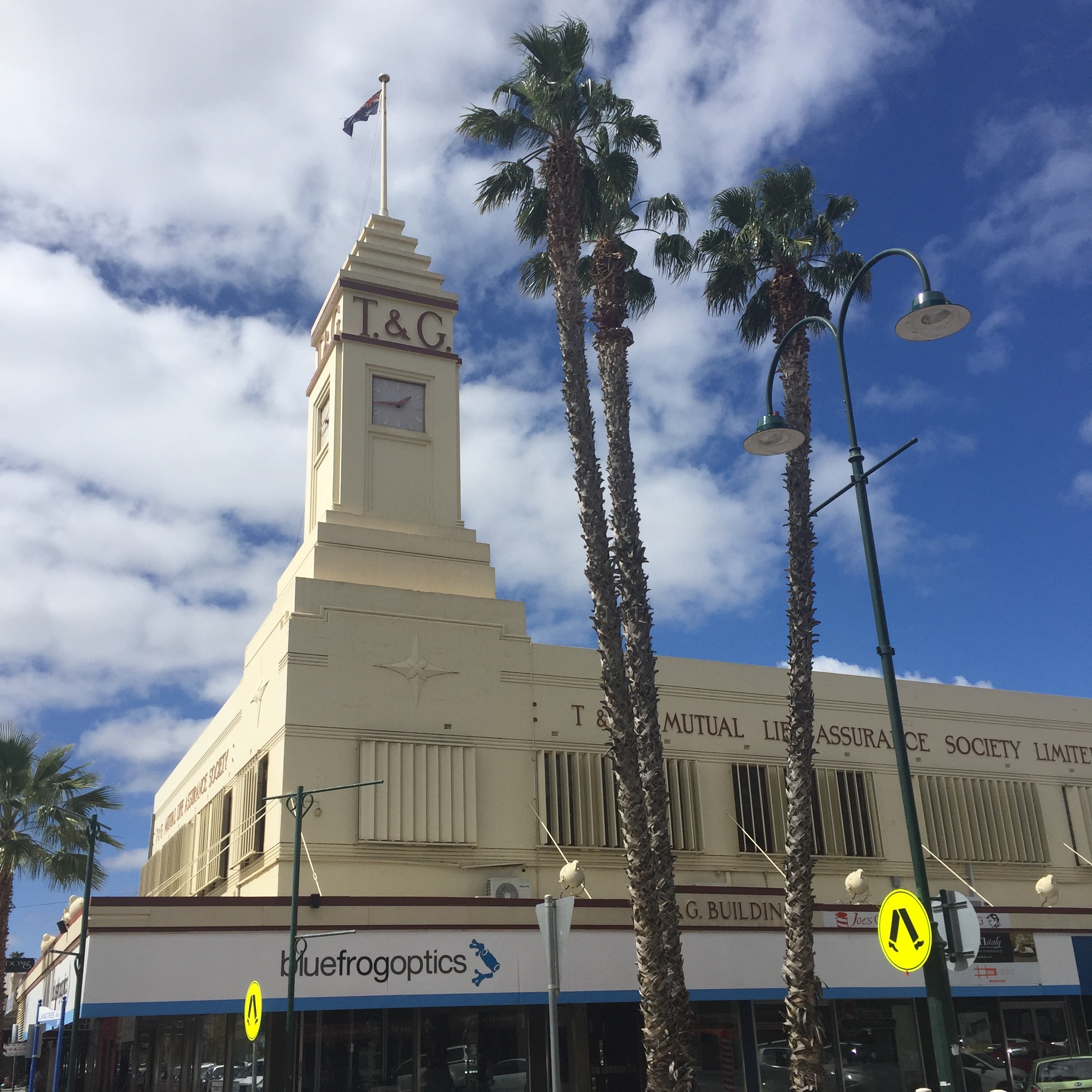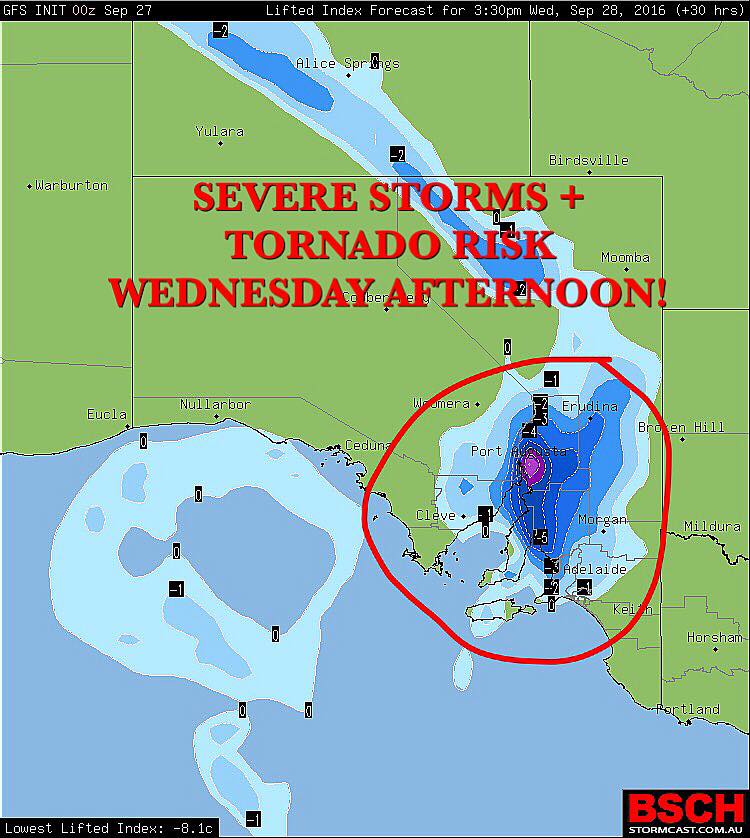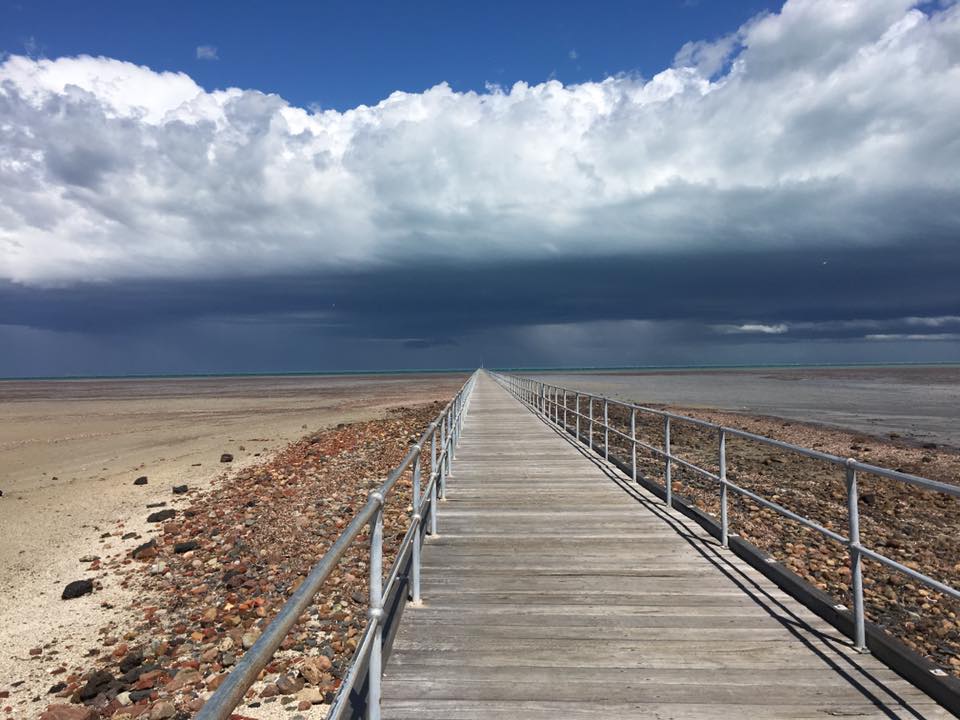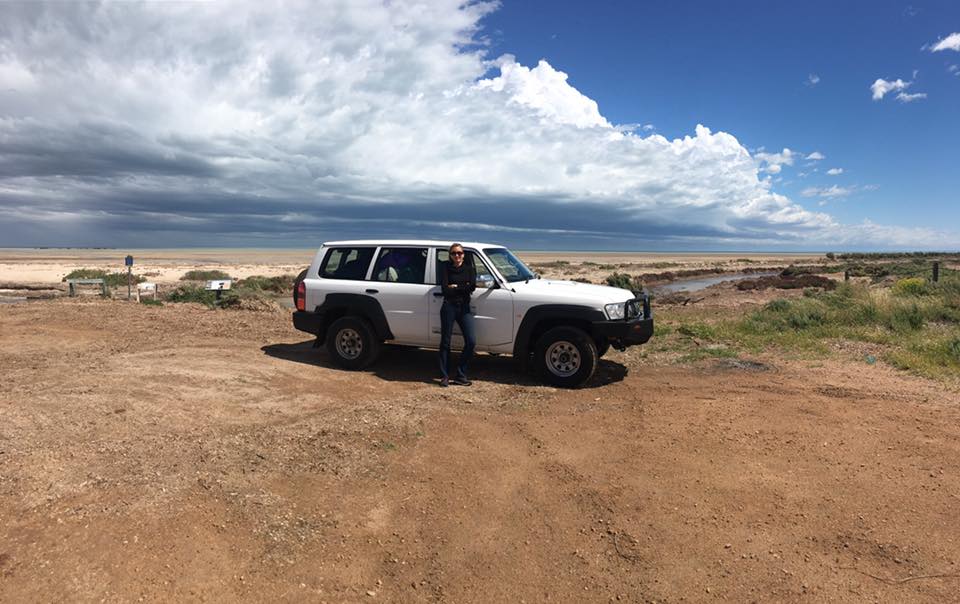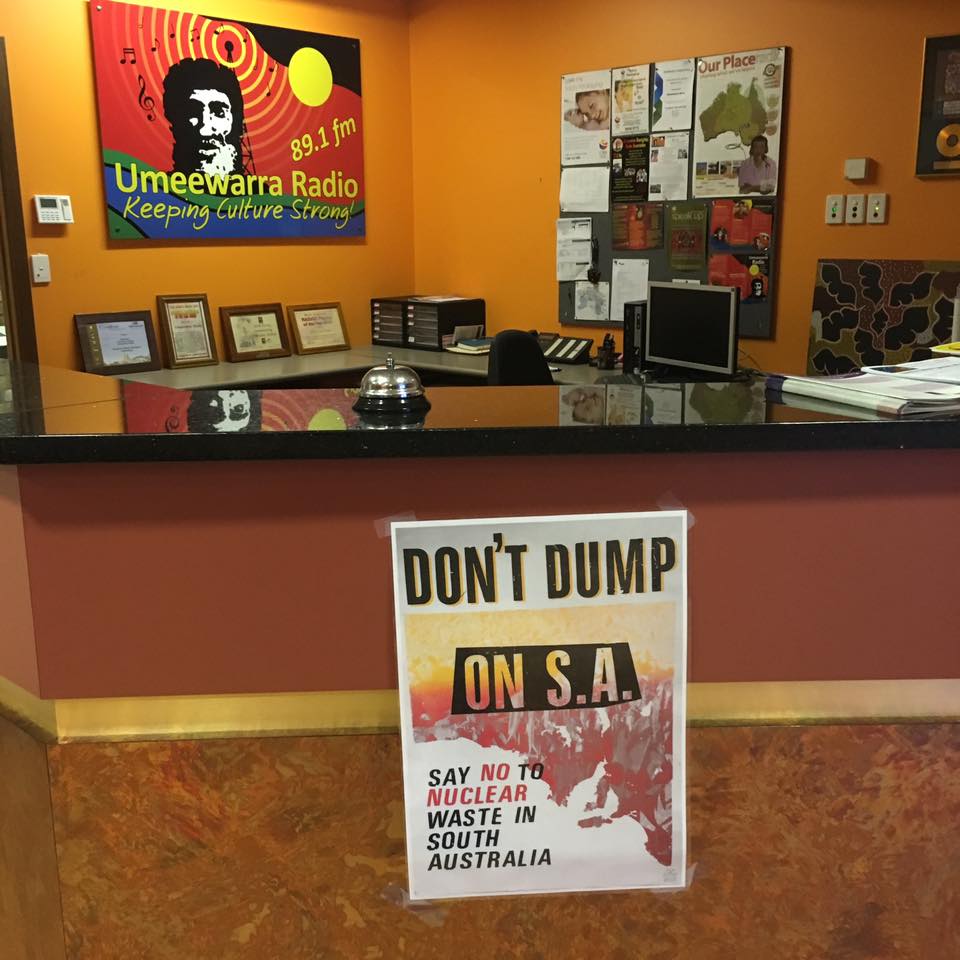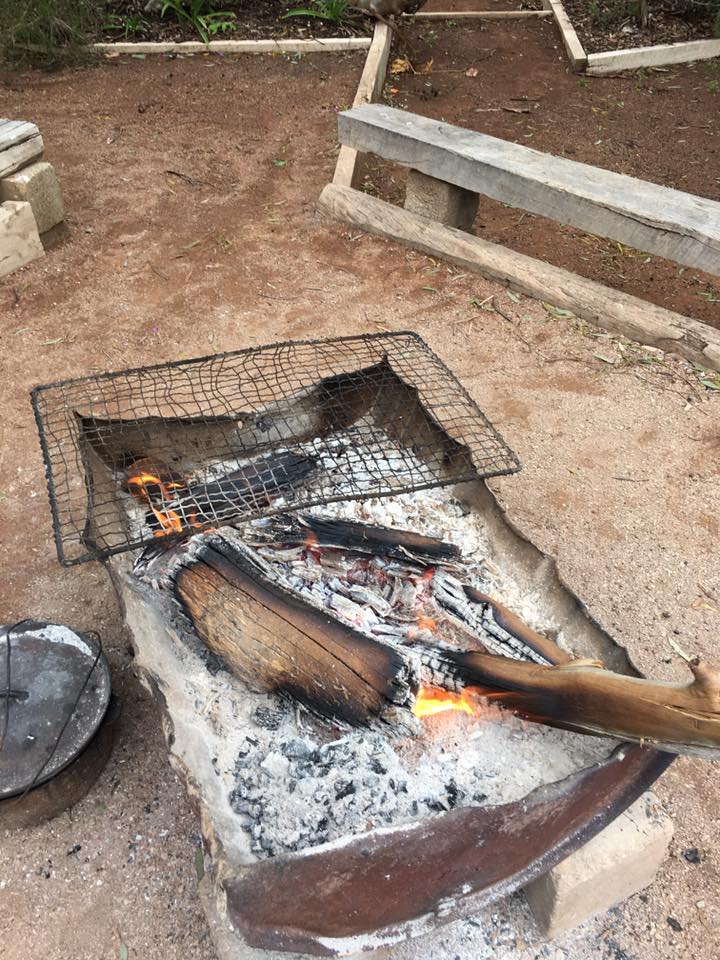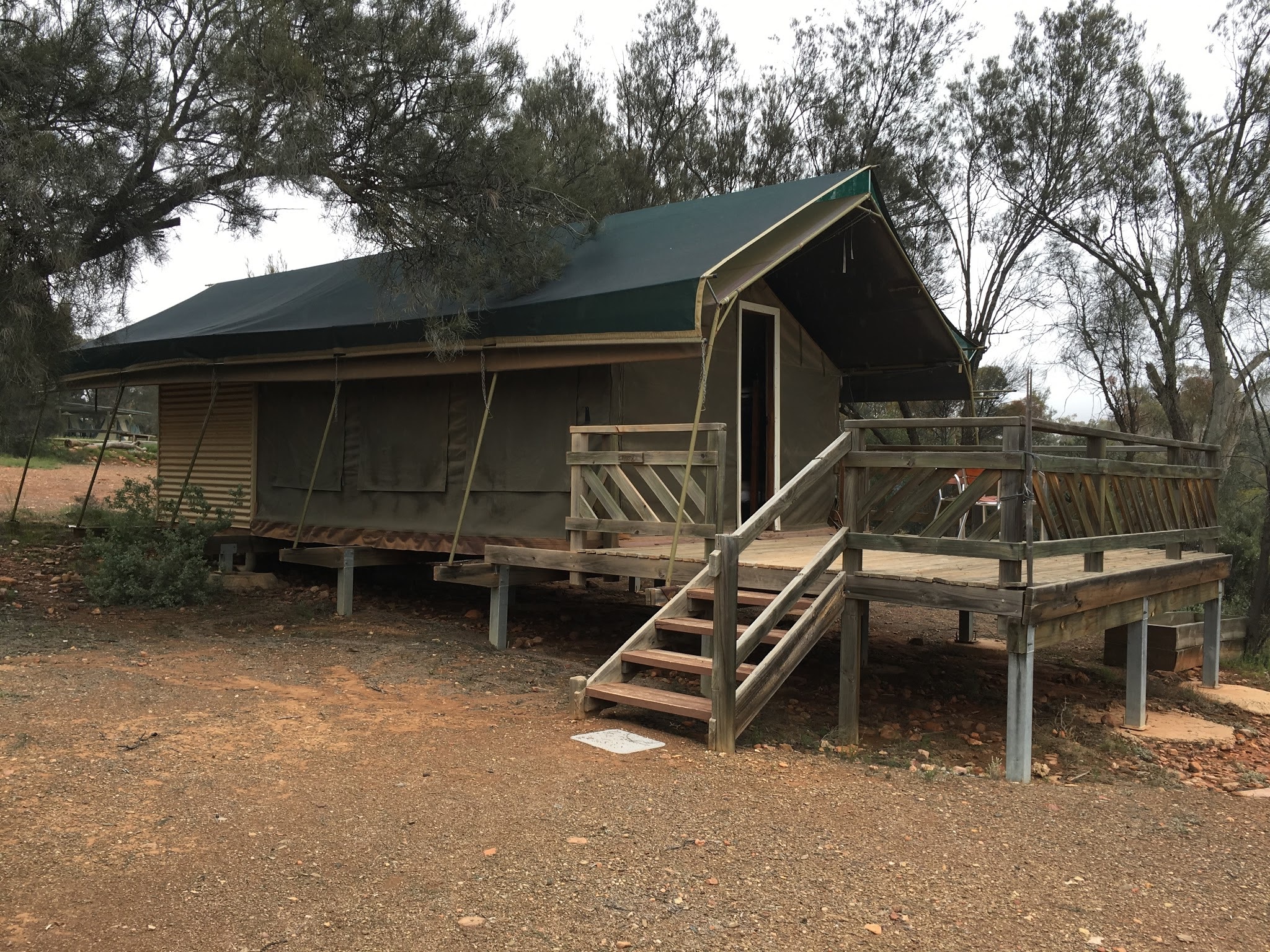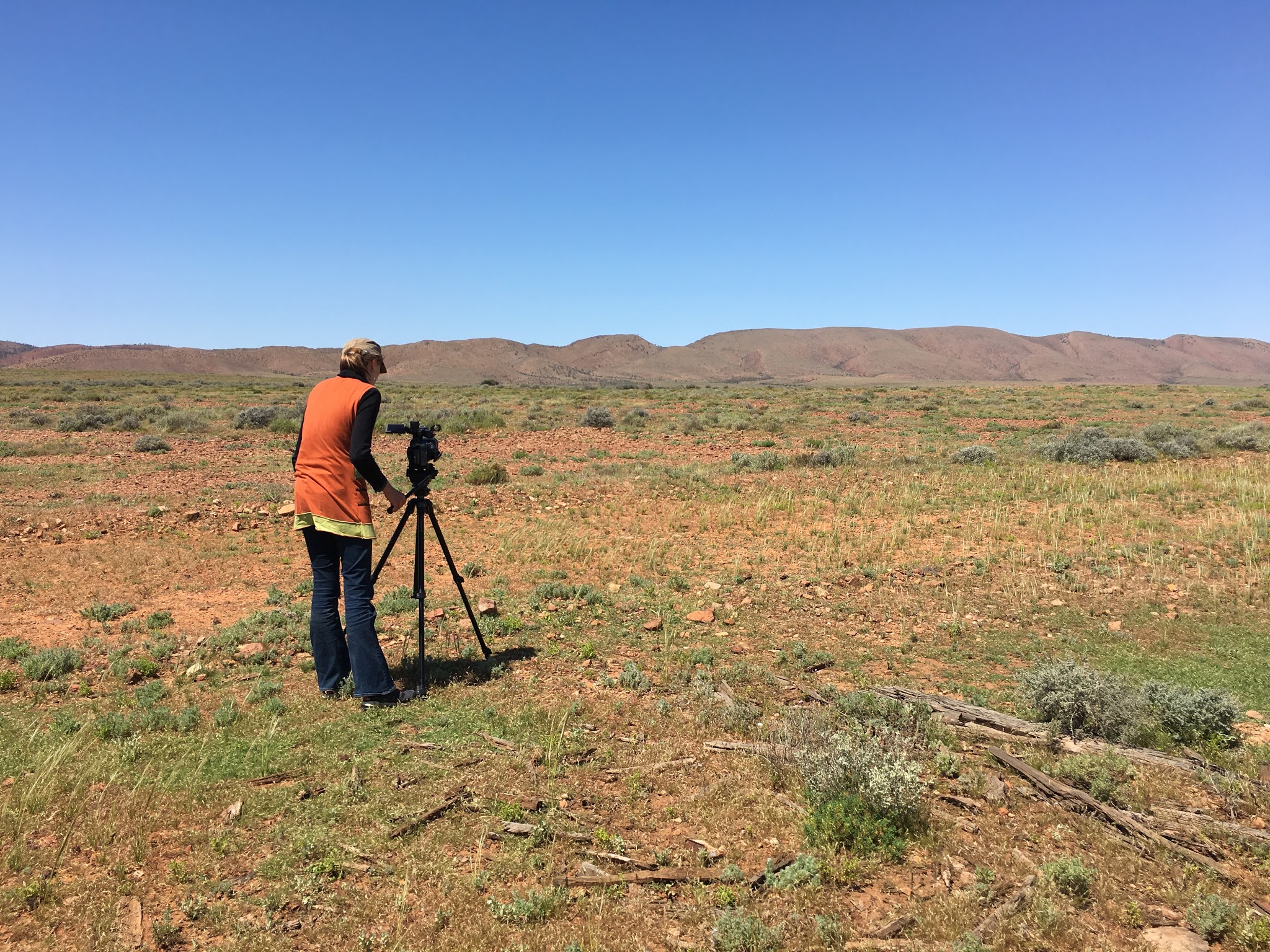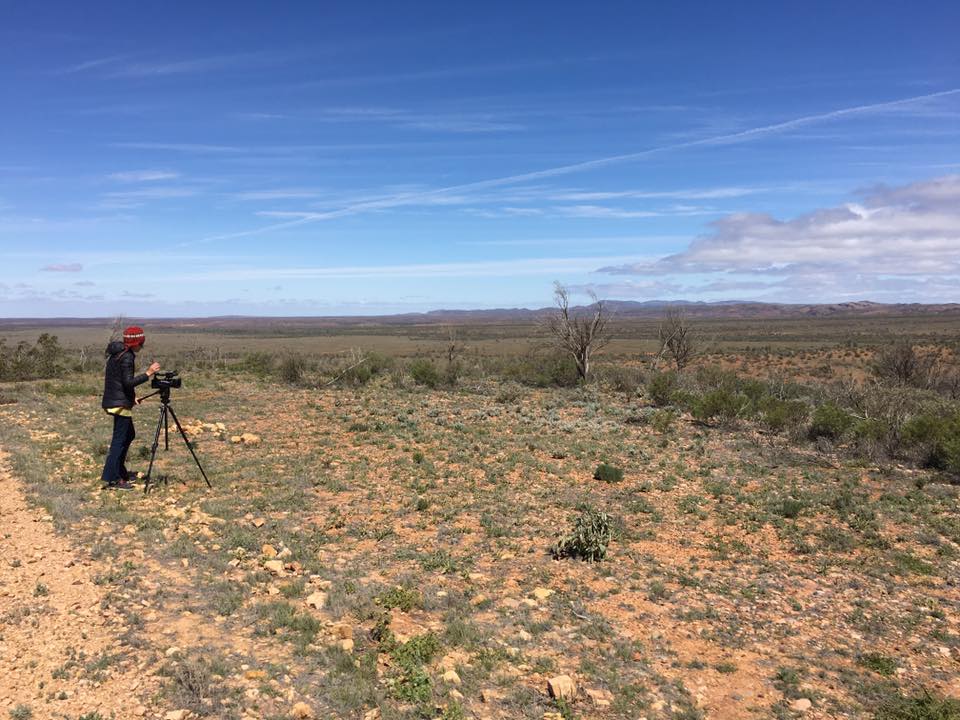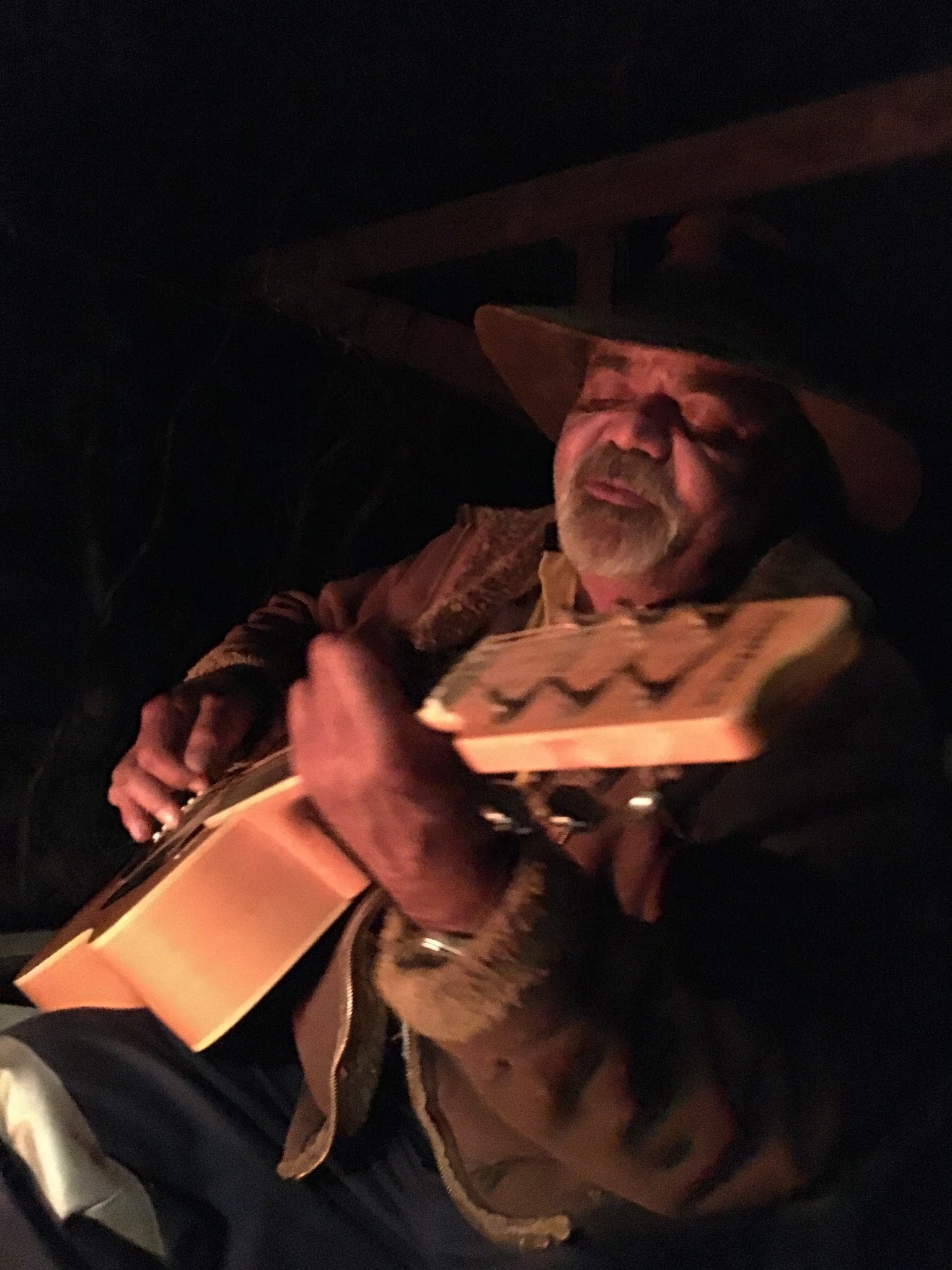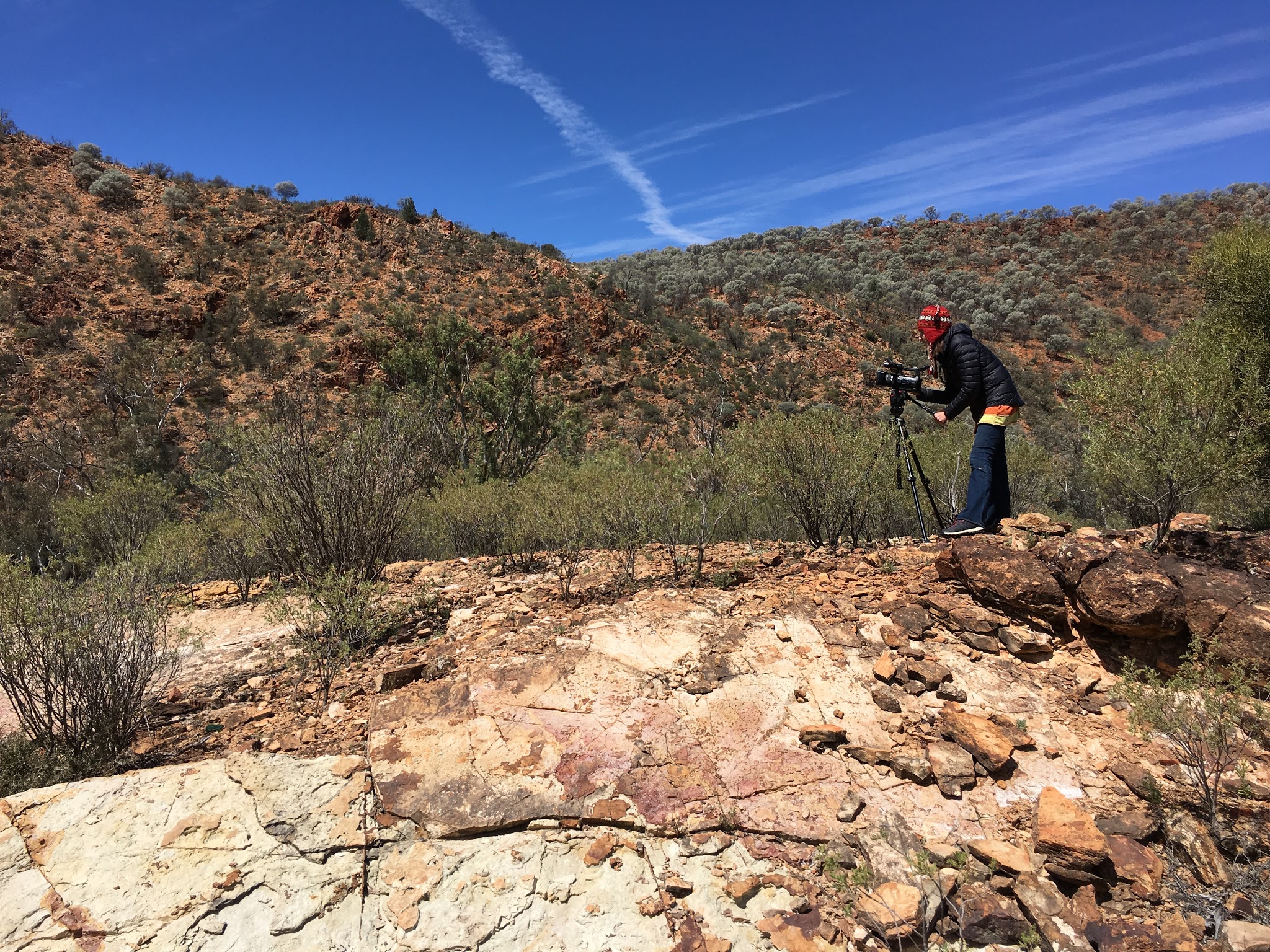BULA!
As soon as visitors arrive in Fiji, they are greeted by the biggest smiles, and cheerful greetings of Bula! Welcome to our home!
Beqa Island, south of Viti Levu
When my partner Alexander and I went to Fiji in August 2023 for a well-earned holiday, we were far from thinking that we would soon be planning our next collaborative film project there… It is safe to say that Fiji and Fijian people stole our hearts, particularly the Naceva Community, on Beqa Island. Here is the story.
The Naceva Village and broader community on Beqa Island in Fiji are the finest human example of compassion, fortitude and resilience. On the 3rd August 2023, we were welcomed as visitors to Beqa Island from the proximate Royal Davui Resort. Many of the Naceva Community work at the resort in a variety of professional roles.
The reality is that many visitors to this beautiful part of the world come here to holiday and spend their money, yet as my partner Alexander and I noted, many conveniently side step the brutal reality of history that presents itself in this part of the world, and often choose to ignore the current challenges facing the community.
During our visit, we were entertained by the school children, we purchased beautiful crafts and artworks from Naceva women, and organised soon after to return on the 8th August 2023 for a full and proper introduction to the Village Elders, members of the Naceva Development Committee, the Methodist Reverend Mesake Vakaloloma, the school Head Teacher and School Principal and Aparama Qaluma Ratubaka, our key communications contact. We made a small contribution of $50 AUD to the Naceva School on that first visit.
The village of Naceva, Beqa Island
A bowl of Kava
On Tuesday 8th August we were taken from Royal Davui across to the Naceva Community, Beqa Island by two Naceva Village leaders, “Sparky” Eminoni Galivia and “Arpi” Apenisa Kuruiwaca who had organised for our first formal cultural meeting with the Village Elders, members of the Naceva Development Committee, young Village men and the Methodist Reverend Mesake Vakaloloma.
We brought with us a large pre-arranged package of Kava which we had purchased to share and drink in the Village Community Centre. We listened to the traditional welcome carefully and were honoured to be welcomed formally to the entire village and community. Alexander and I both made formal introduction statements of the work that we do and have done through many years in Indigenous communities throughout Australia and our lived experience in many parts of the world.
We listened carefully to the key challenges that the community is facing and have understood their determination to work on projects with those willing to engage in constructive and meaningful ways.
A home in Naceva village
School donation, Naceva
During the intermission of our meeting with the Village Elders and community, we were taken by Aparama to meet again with the Head Teacher, Selai and School Administrator, Saula of the Naceva Community School.
Our small donation was a small token of appreciation and it was presented to us as means for them to raise well needed funds for the education of the school children.
In listening to the Village Elders and the men of the village we learned that the most pressing challenge for the community is the construction of a sea wall buffer to counteract the prevailing swells and currents that buffet the front alluvial plain of the village, especially during monsoon season. This is all a result of global warming and is a full attributed erosive factor that is causing an “Out of Bounds” area adjacent to the school, endangering the lives of the community members. Every month, each villager employed at the resort makes a financial contribution to the seawall, which is being built by the men in the community.
Climate change is an issue for most Pacific Islands, and there are thousands of villages like Naceva which are threatened by the rising tides, even if they are somewhat protected by the coral reefs.
Coral reef, on the south coast of Viti Levu
In discussion with Aparama, Alexander and I declared we would contribute our principal foundation contribution of 5000 FJD ($3,453.52 AUD) to the Naceva Seawall Project through the Naceva Development Committee. This was met with great enthusiasm as it immediately provides funds to purchase concrete to build the seawall blocks and employs the village men in the construction of the wall. We emphasised to the entire Village Development Committee that we are people of action and determination, not faith and hope alone.
School buildings, Naceva
Our core contributions, we consider, gainfully demonstrate our capacity and willingness to listen and to engage in activities which are ethically aligned with our Principles. In this case, we will listen carefully to the community, and map out a collaborative project, made up of different components, which will be able to be used for the much needed fundraising for the seawall project, and potentially for other school and community projects.
Our life purpose is clear - do well and do no harm.
Our business is about people and Country. We value connection and our philanthropic investments are guided by our Principles how we can make a difference in other peoples lives, not just our own. We consider community as Family and endeavour to listen carefully through the Kalara and Ngikalikarra emancipatory processes, mindful with eyes wide open of the challenges of an encroaching technological matrix for First Nations.
View from pontoon, Royal Davui Resort, Beqa Island Marine Reserve
Alexander went back to Fiji in September 2023, to make a short film about the Naceva Seawall Project, with works in full swing during his stay, and I went back with him in October 2023 to fulfil our promise to work with the Naceva Community to create film excerpts about village life to be included on the village website. We had the immense honour and privilege to live in Naceva, Beqa Island, for 10 days - an amazing adventure, far removed from the tourist experience, and were again very humbled by the warm welcome from the Naceva Community.
The video below was shot by Zak Tiko, from Naceva, on our last night in the village.
Keep an eye out below for our films, coming soon on this thread!
Many thanks to my partner Alexander Hayes who authored the majority of the content of this blog for our Oethica Website.
